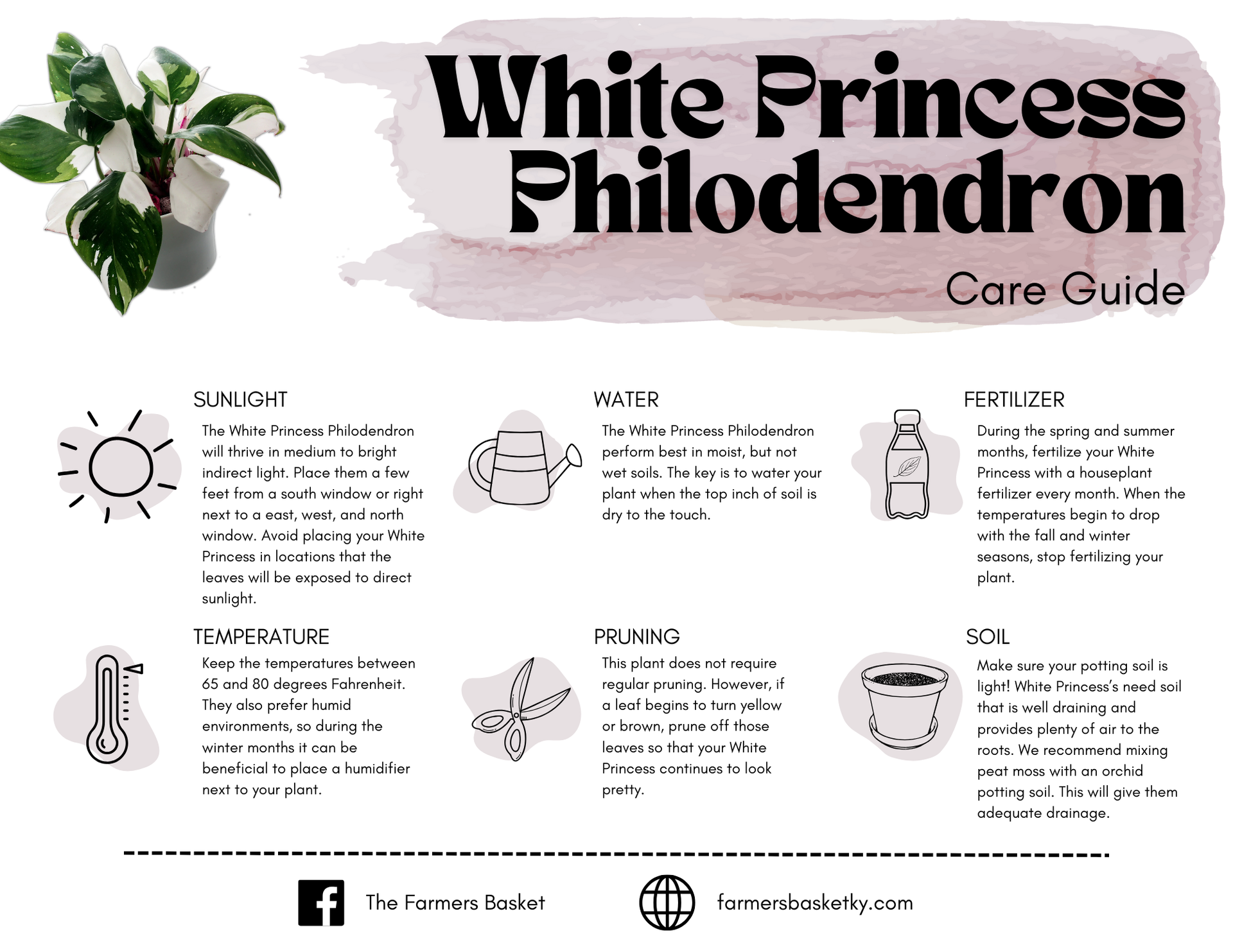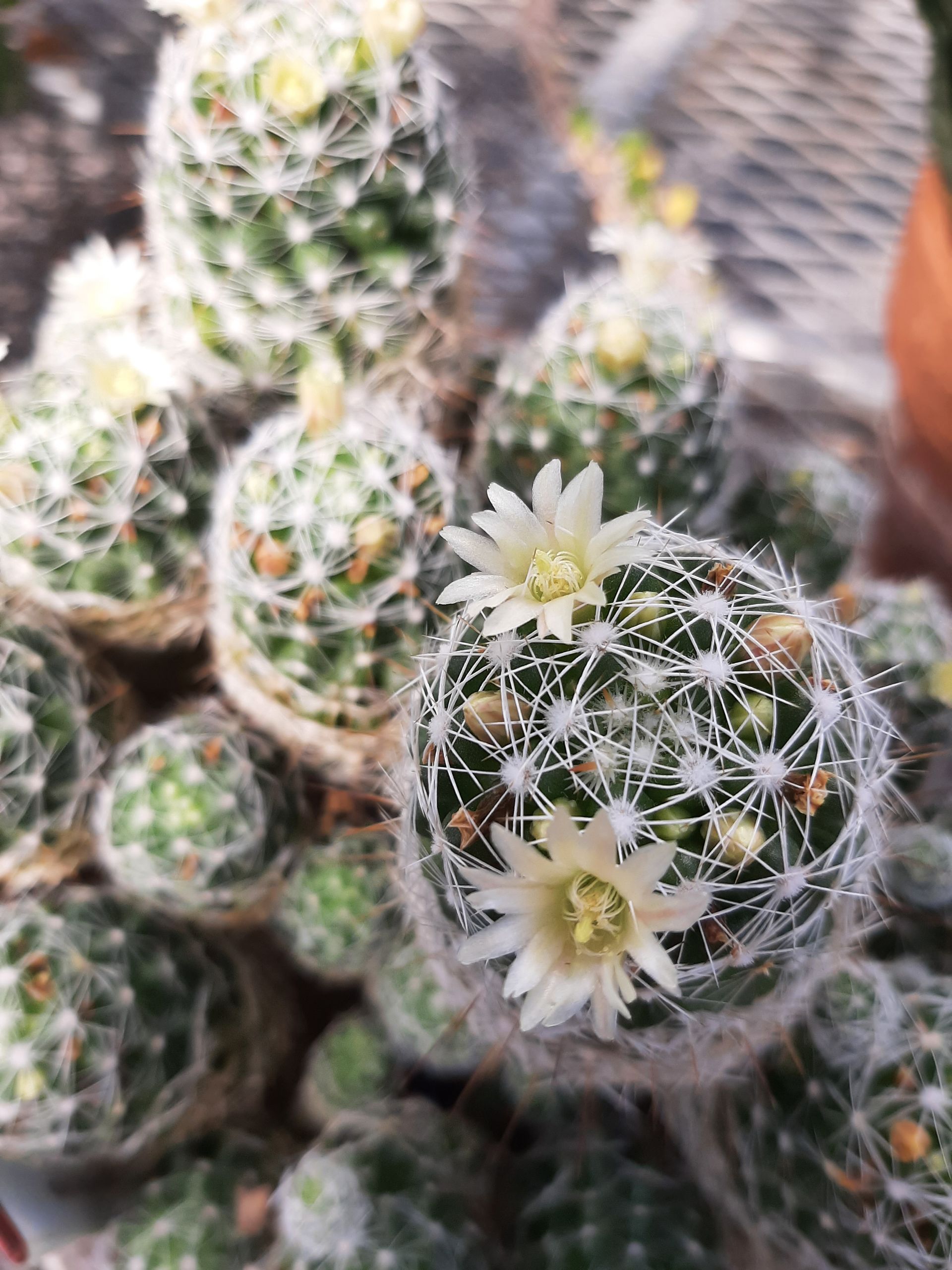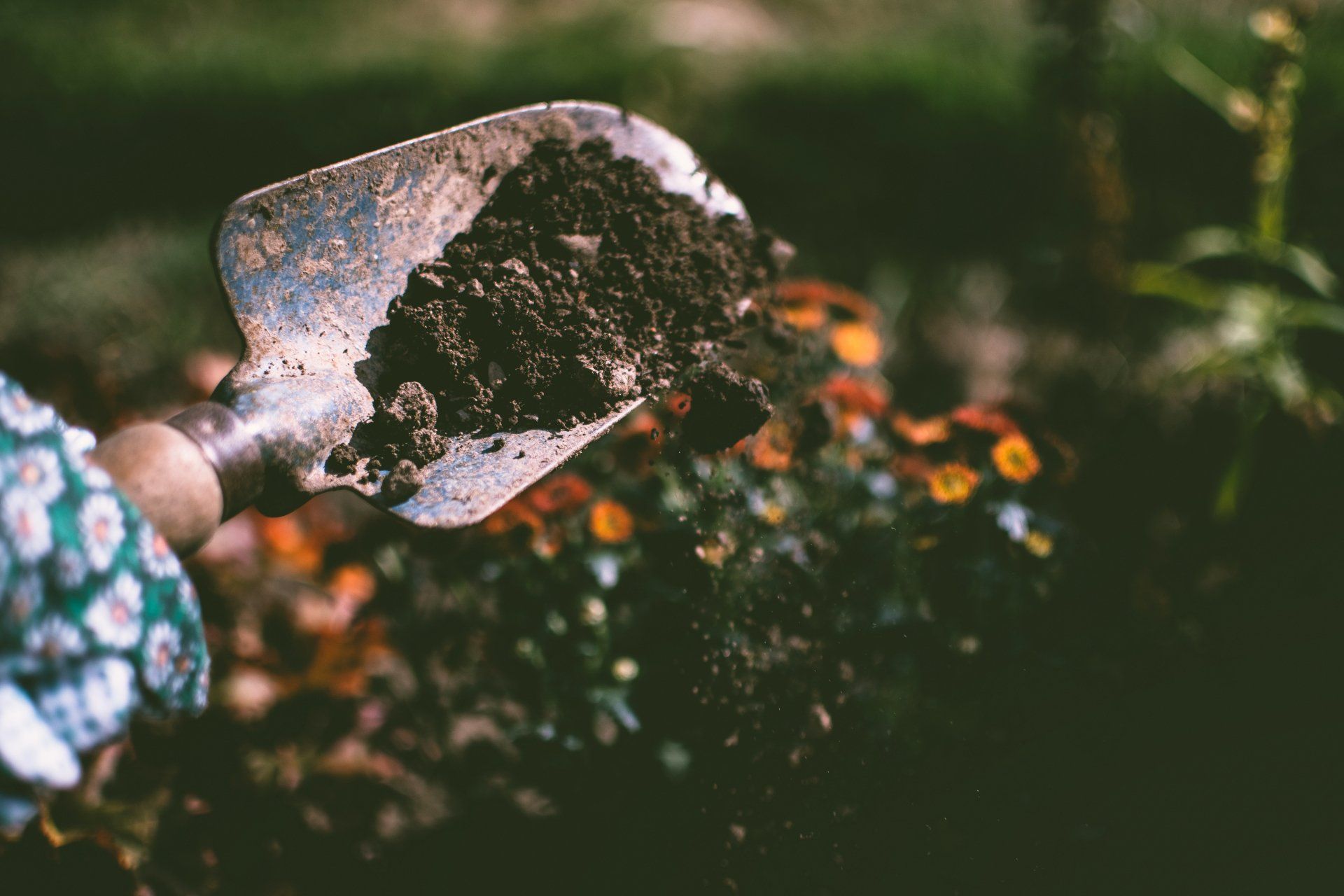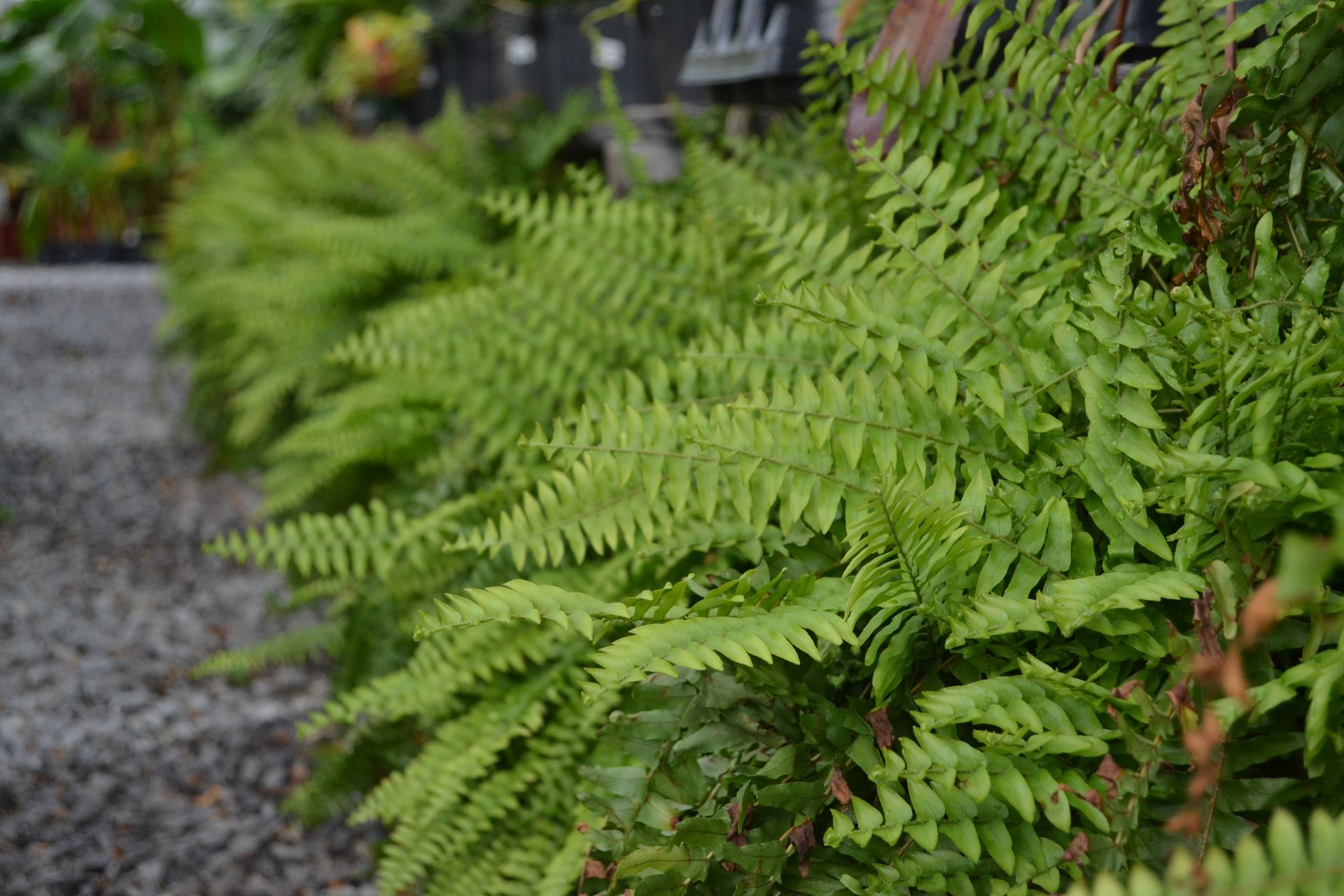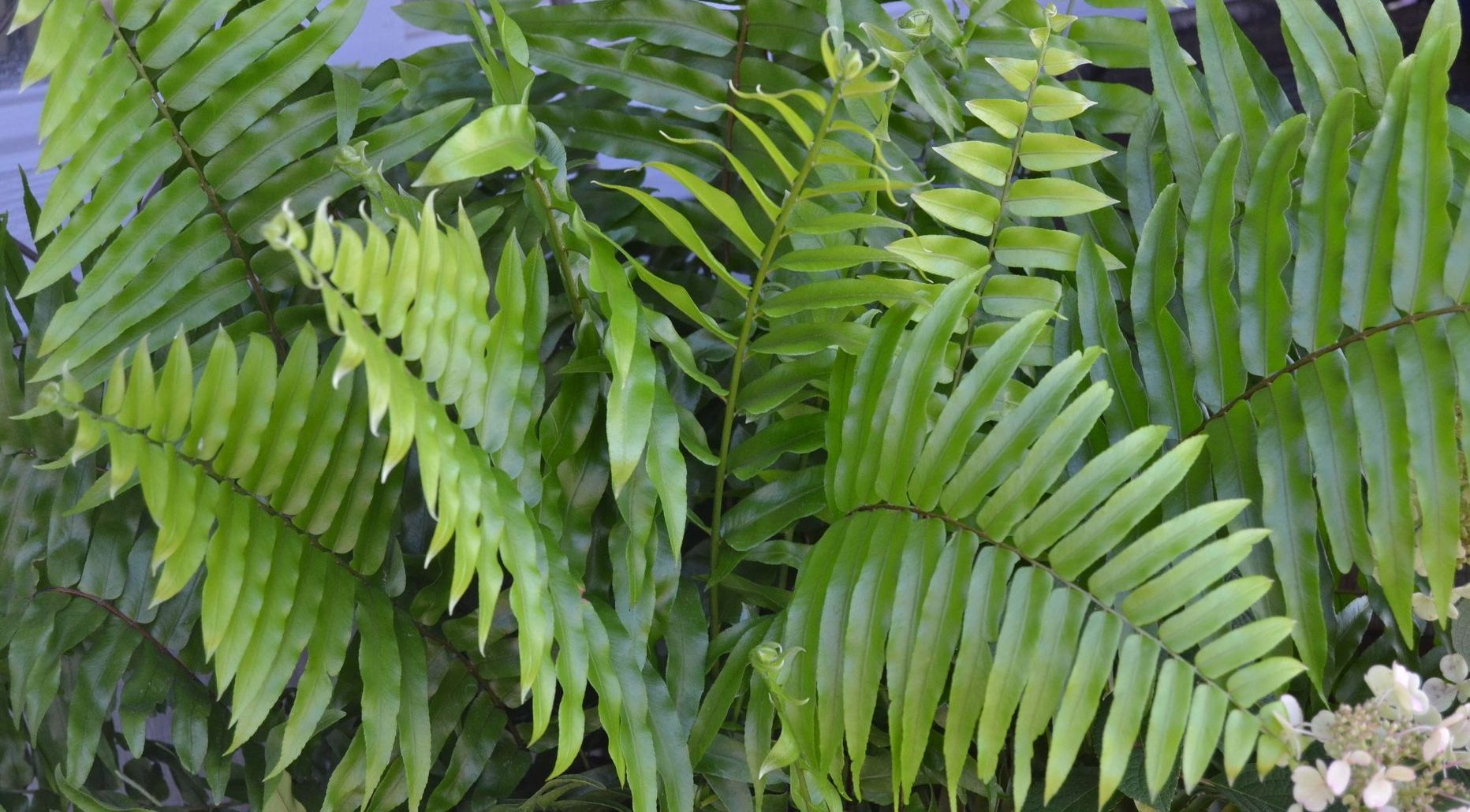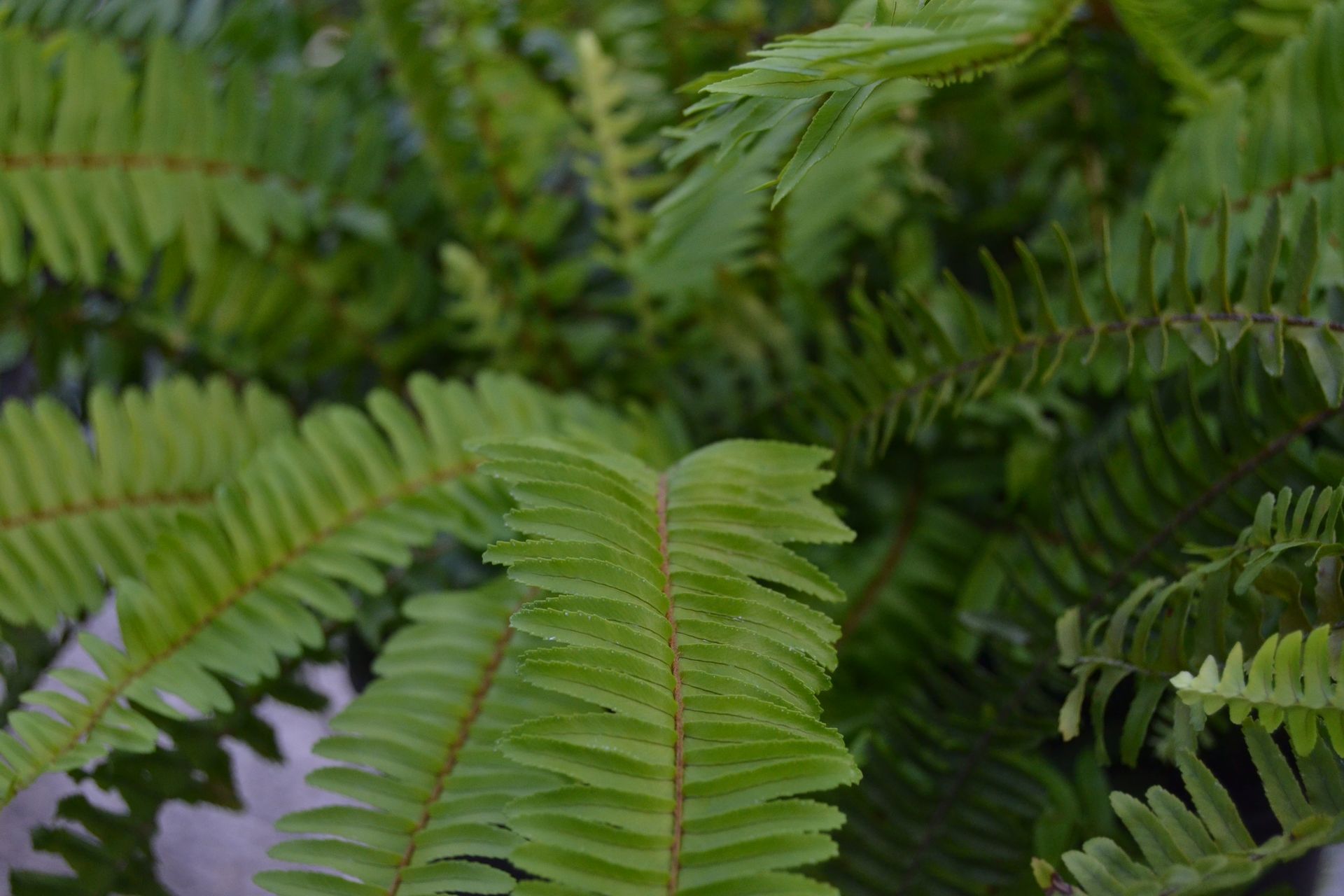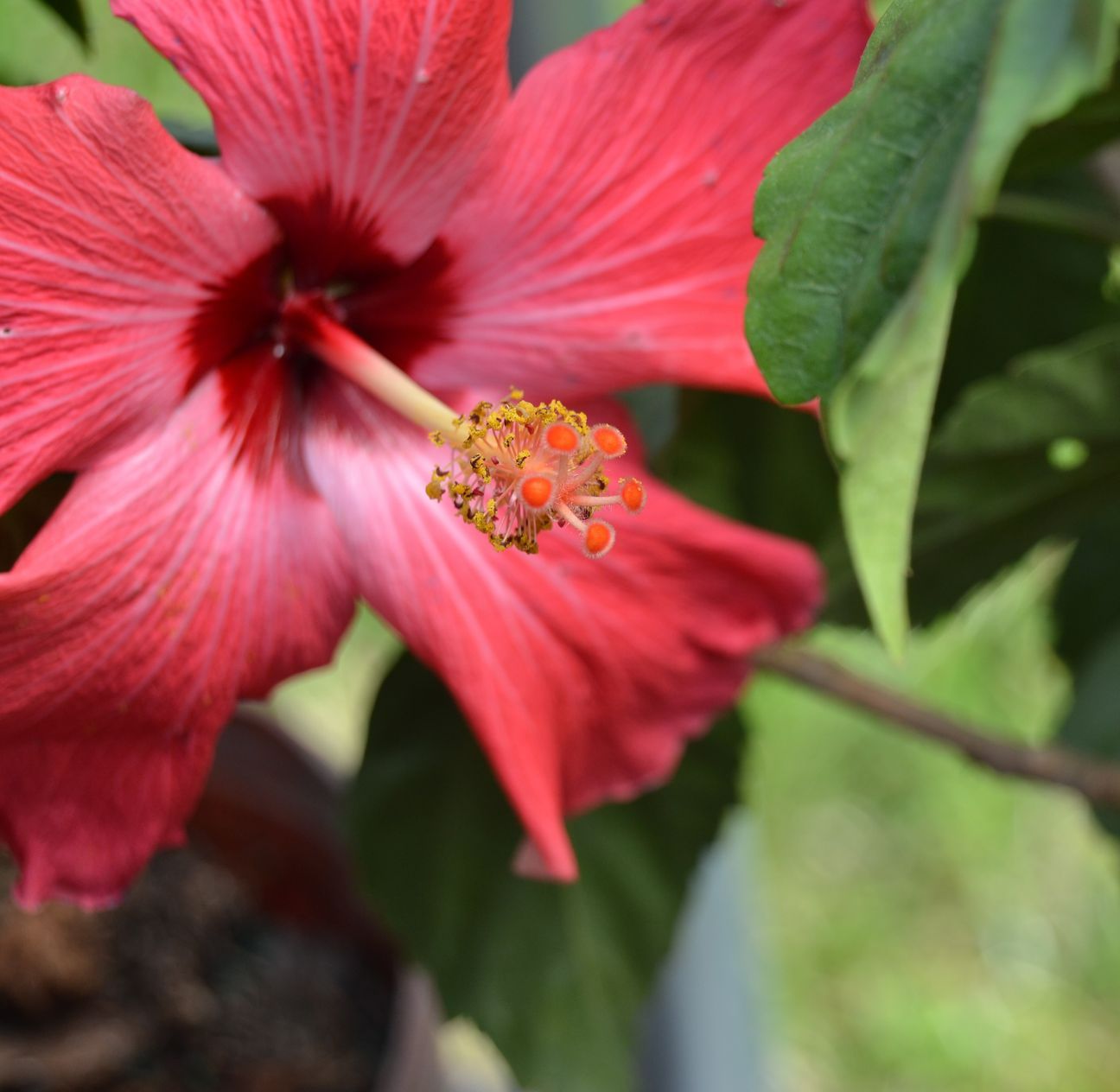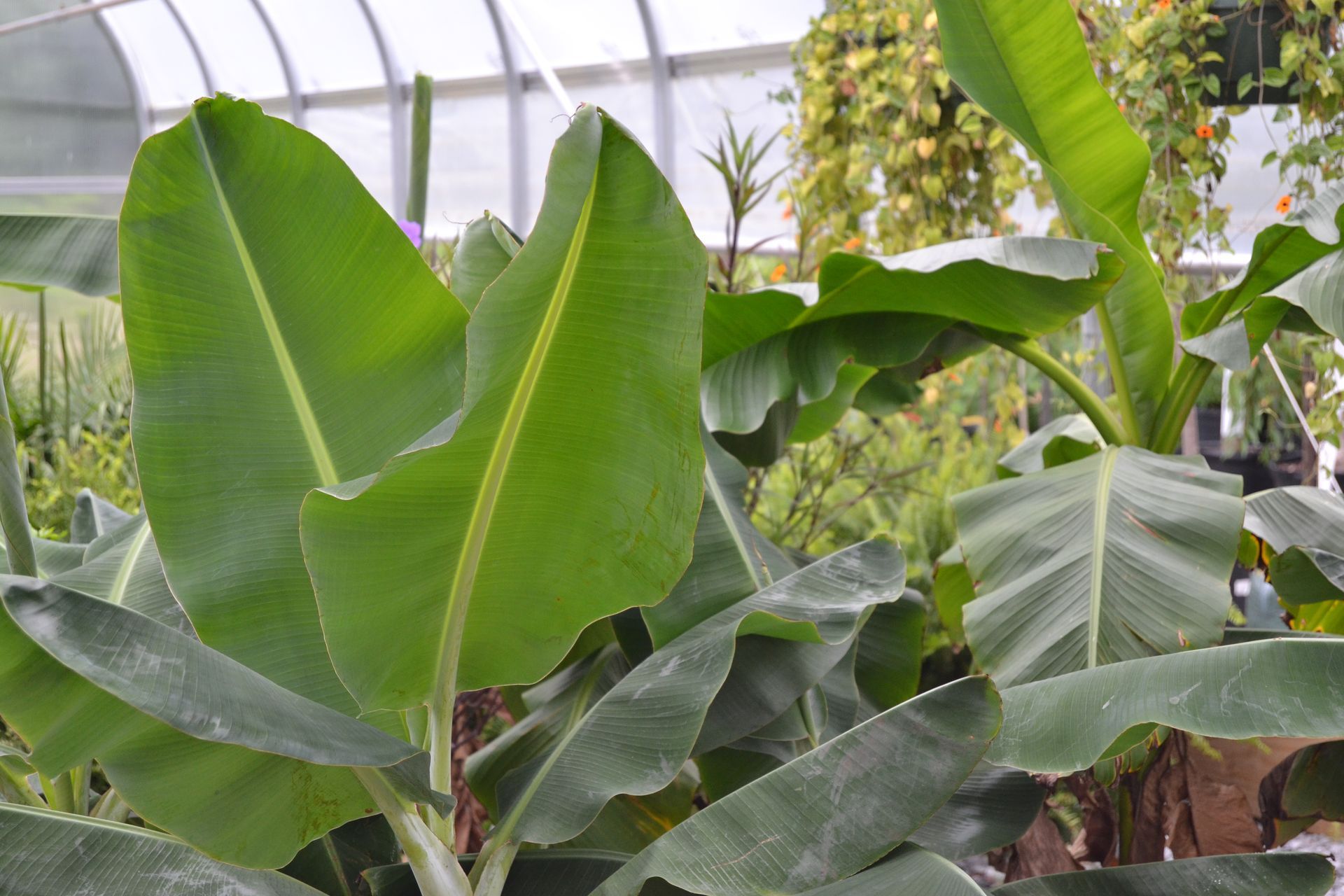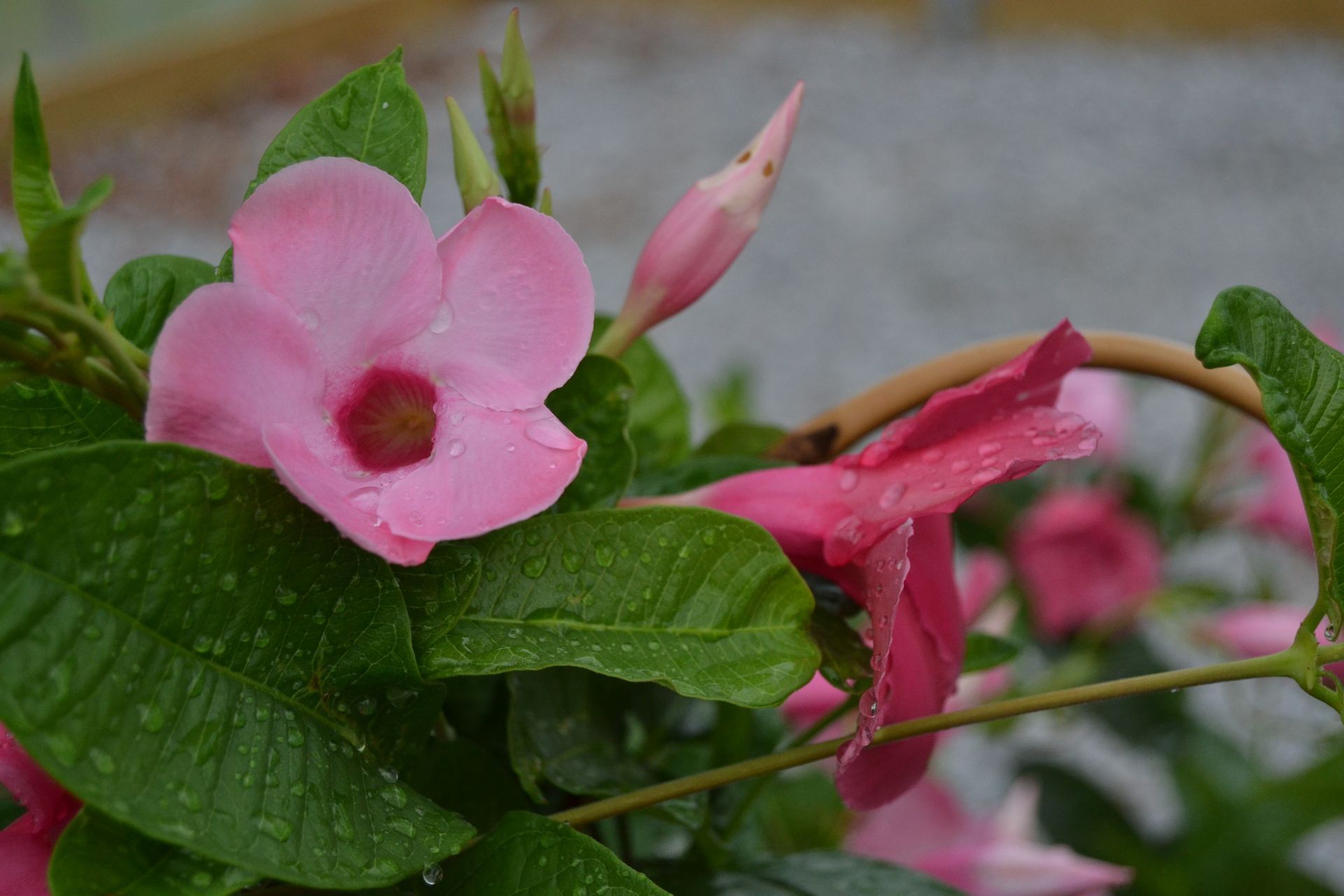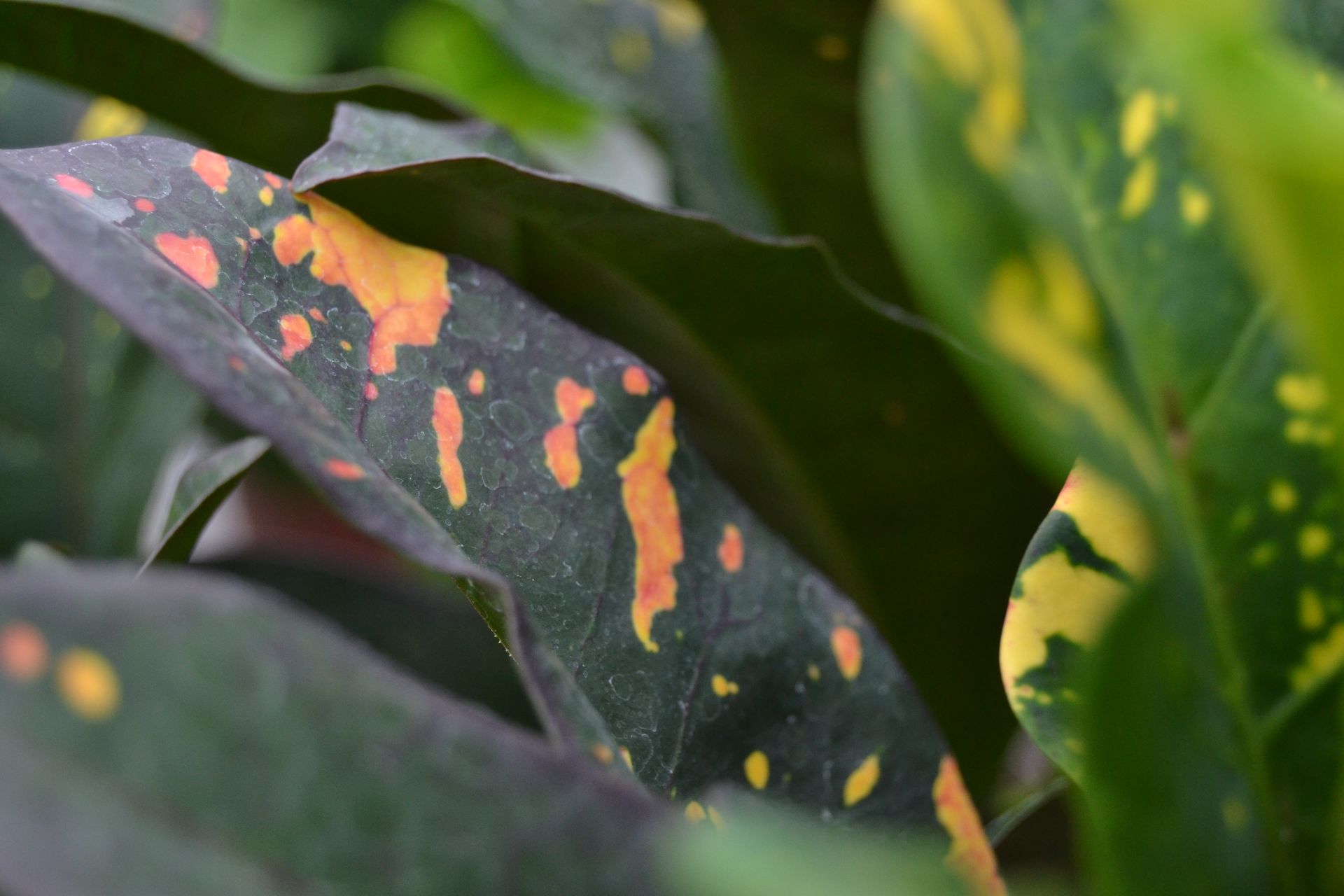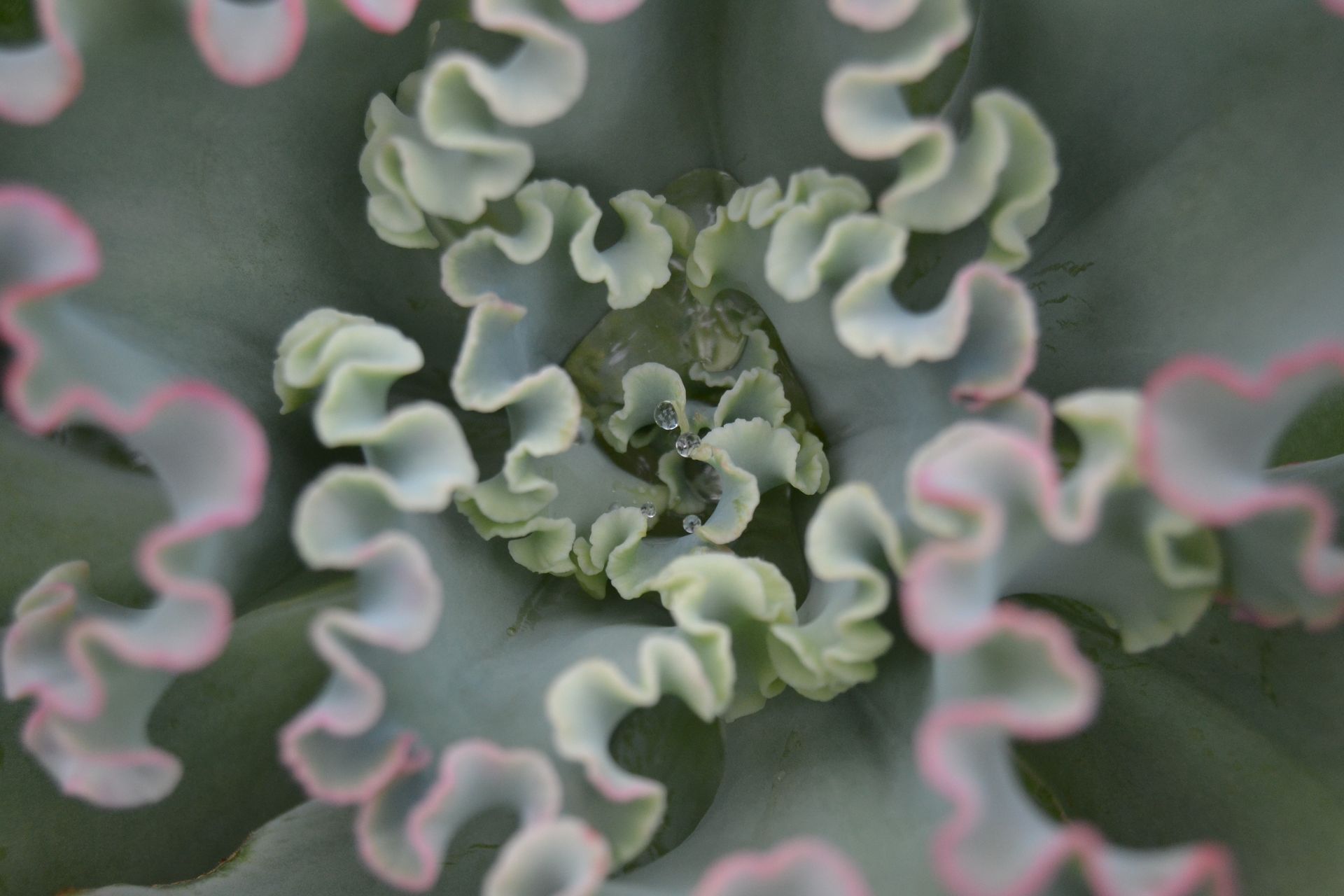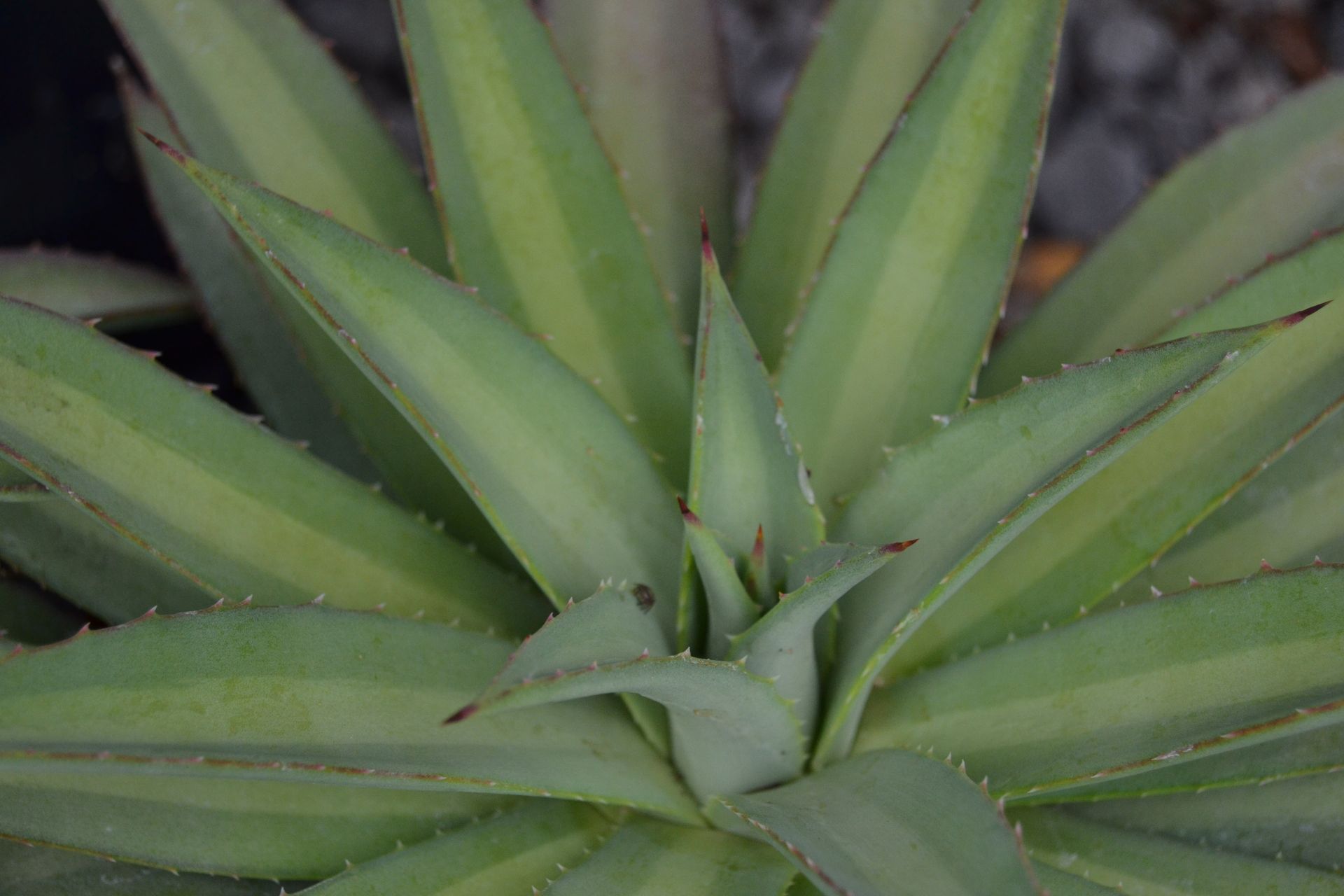Houseplants and Succulents
Fern Fever
Pterodomania
Pteridomania, also known as "fern fever," was a Victorian-era craze for collecting and cultivating ferns. Originating in the mid-19th century, this horticultural obsession saw ferns become highly fashionable in home decor and gardens. Ferns were admired for their delicate, intricate fronds.
Pitcher Plants from around the world
Pitcher plants are a fascinating group of carnivorous plants found in various regions around the world. Renowned for their unique adaptations, these plants have evolved specialized pitcher-shaped leaves that function as sophisticated traps for insects and other small prey. The slippery inner walls and enticing nectar lure unsuspecting insects into the pitcher, where they are unable to escape and are eventually digested by the plant. This remarkable adaptation allows pitcher plants to thrive in nutrient-poor environments by deriving essential nutrients from their prey.
At The Farmer’s Basket, we offer a selection of pitcher plants, including species from different regions around the world, each with its own unique characteristics. Whether you're an avid carnivorous plant enthusiast or a curious gardener looking to add a touch of the exotic to your collection, our range of pitcher plants provides an exciting opportunity to explore the wonders of these incredible plants. Visit us to discover the beauty and intrigue of pitcher plants and learn how to care for these extraordinary specimens.
Nepenthes spp.
These are known as pitcher plants. They are epiphytic, meaning they grow on trees, in tropical regions around the world. These plants enjoy indirect light and moist, but well draining soil.
Sarracenia spp.
North American pitcher plants are captivating carnivorous plants native to the wetlands throughout Canada and the United States. They thrive in bright sunlight and acidic, moist soils.
Basics to Houseplant Care
Your houseplants come from diverse regions around the world, each bringing a piece of its native environment into your home. Some have adapted to thrive in the humid, dappled light under the canopy of tropical rainforests near the equator, while others are built to survive in the harsh, arid deserts. To care for your houseplants, it's essential to replicate the conditions they naturally prefer. Rainforest plants flourish with high humidity, filtered light, and consistently moist soil, whereas desert plants can endure long droughts, sandy soil, intense heat, and bright sunlight. The first step in caring for your plants is to understand the environment they are accustomed to.
Watering
Houseplants should NOT be watered on a schedule. The amount of water a plant needs is based on many different factors including pot size, soil type, temperature, humidity, and much more. To ensure your plant is watered correctly follow the rules below:
- Check Plants Regularly
- Water Only When the top Inch of Soil is Dry
- Only water the soil (not their leaves)
- Never leave plants sitting in water for more then 30 minutes
- Use recycled rainwater for the best results.
Because all plants are different, these are general rules and does not account for more unique houseplants.
Lighting
Sunlight is the main catalyst for photosynthesis so, putting your plant in a spot that receives the right amount of light is very important to encouraging lush, even growth. We categorize indoor plants into 4 categories based on their light requirements. These include bright direct light, bright indirect light, medium light and low light. To determine the amount of light an area in your house receives, download a free light meter app and compare the footcandles reading to the chart below.
Fertilizing
Although plants create their own energy through photosynthesis, they need other macro and micro nutrients to grow. Fertilizers provide your plants with these nutrients. From early spring through late summer, you will need to add fertilizers to your plants. This can be in the form of a slow release, pellet fertilizer that you apply every 4 to 6 months, or a liquid fertilizer that is applied monthly. Fertilizer rates will vary based on the houseplant you are growing, so make sure to do your research. Too much fertilizer can burn your plant.
Potting soil
The foundation of your plant is its roots, so it is important to plant them in a media that will encourage its growth. Mimicking the properties of their natural soil is best practice for developing healthy roots. Components to consider when selecting potting soil is ability to hold water, the pH (acidic, neutral, or alkaline), and aeration. Soils that stay too wet for long periods of time tend to encourage root rot (a fungus) or insects to lay eggs in the soil such as fungus gnats.
Air Plants
Air plants (Tillandsia) are fascinating and versatile plants that grow without soil, absorbing water and nutrients through their leaves. Known for their unique appearance and low-maintenance nature, air plants are perfect for adding a touch of greenery to any space, whether displayed in terrariums, mounted on driftwood, or hanging in decorative holders.
Care Guide for Air Plants:
- Light: Air plants thrive in bright, indirect light.
- Water: Mist your air plants 2-3 times a week, ensuring they are thoroughly wet. Alternatively, soak them in room temperature water for 20-30 minutes once a week. After watering, shake off excess water and place them upside down to dry completely to prevent rot.
- Fertilization: Use a bromeliad or air plant fertilizer monthly to encourage growth and blooming. Dilute the fertilizer to half strength and add it to your misting or soaking routine.
HousePlant Care Guides
African Milk Tree
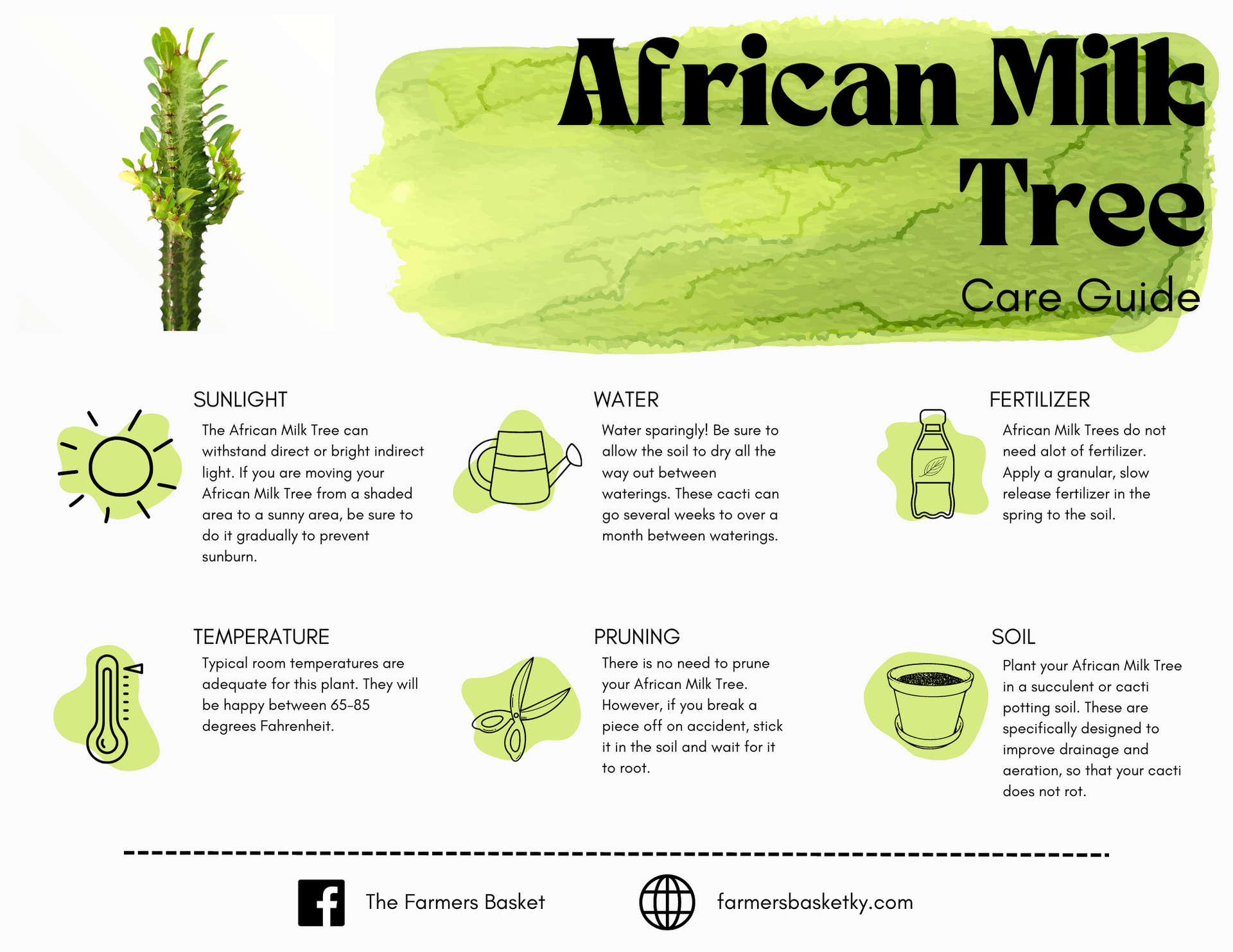
Aglaonema Ruby Ray

Alocasia Frydek Varigated
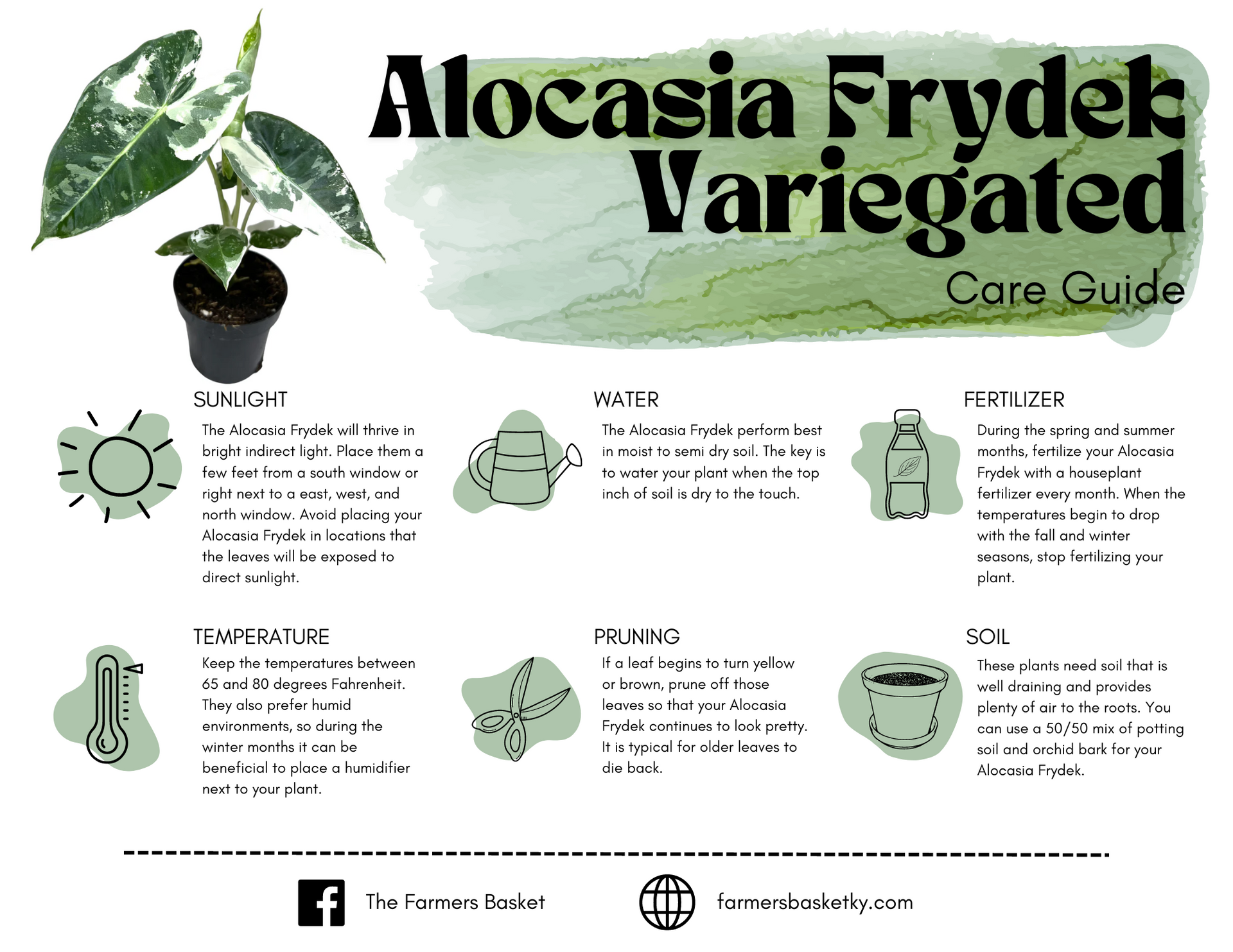
Alocasia maharani
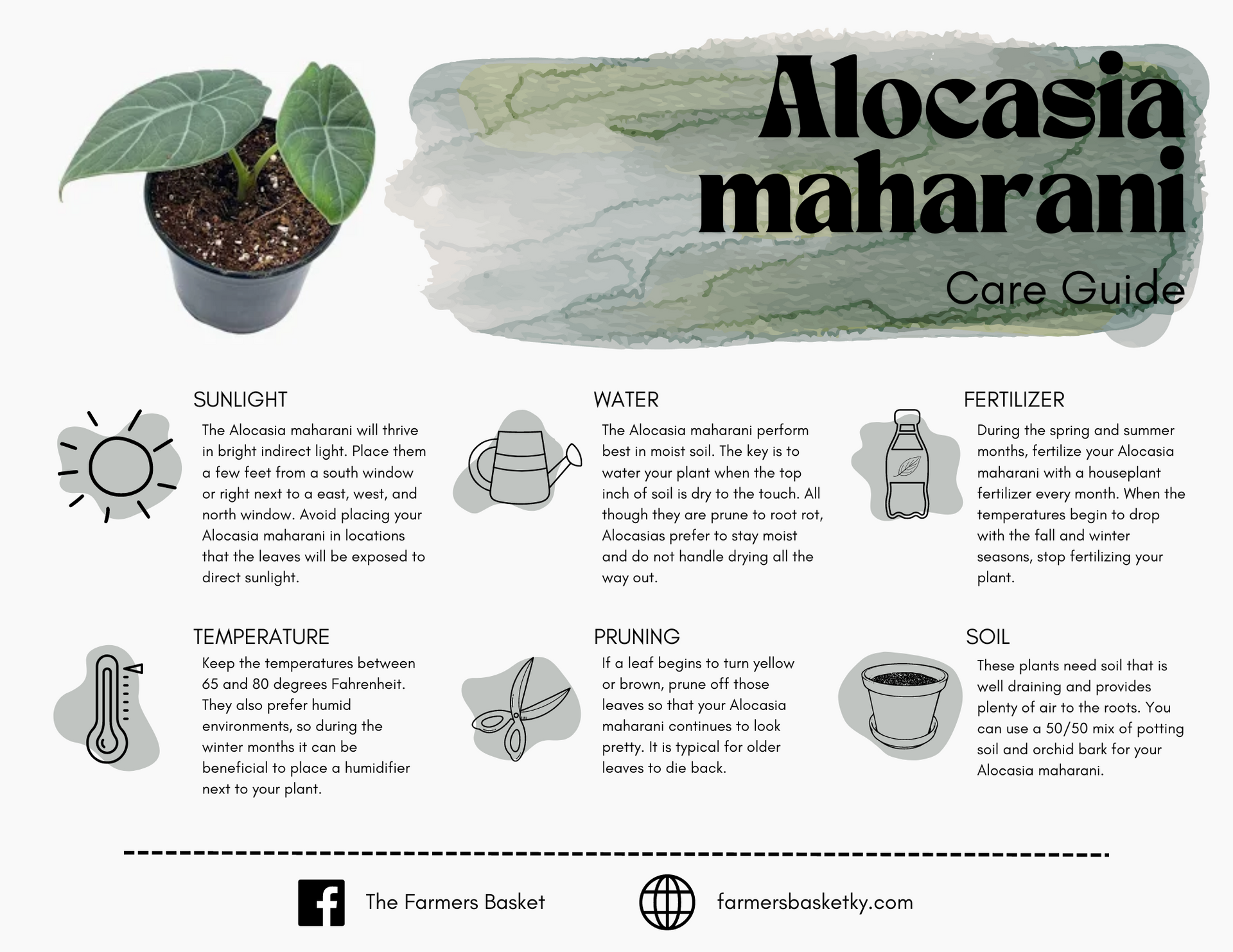
Anthurium
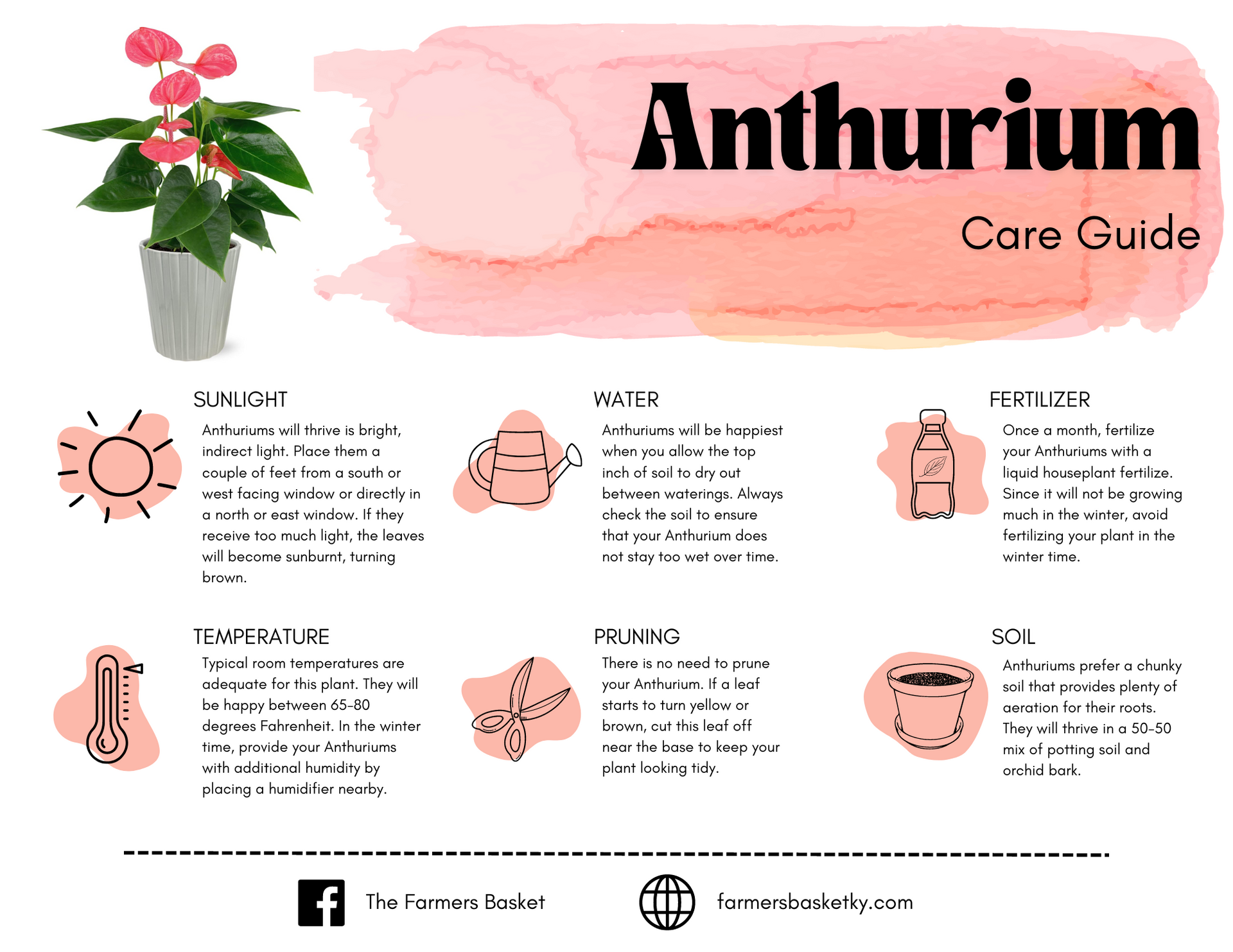
Billiatae Philodendron
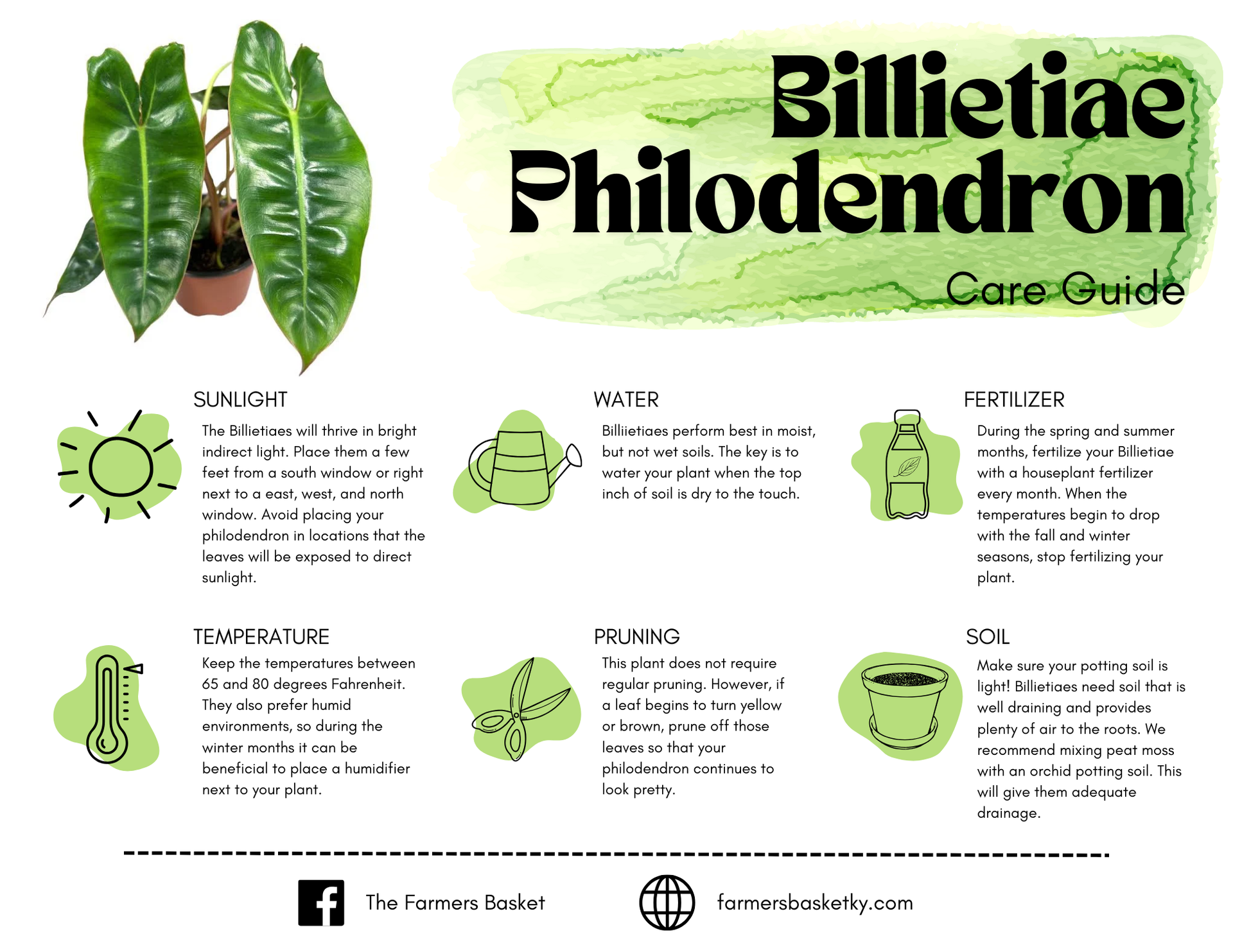
Birds Nest Sansevieria
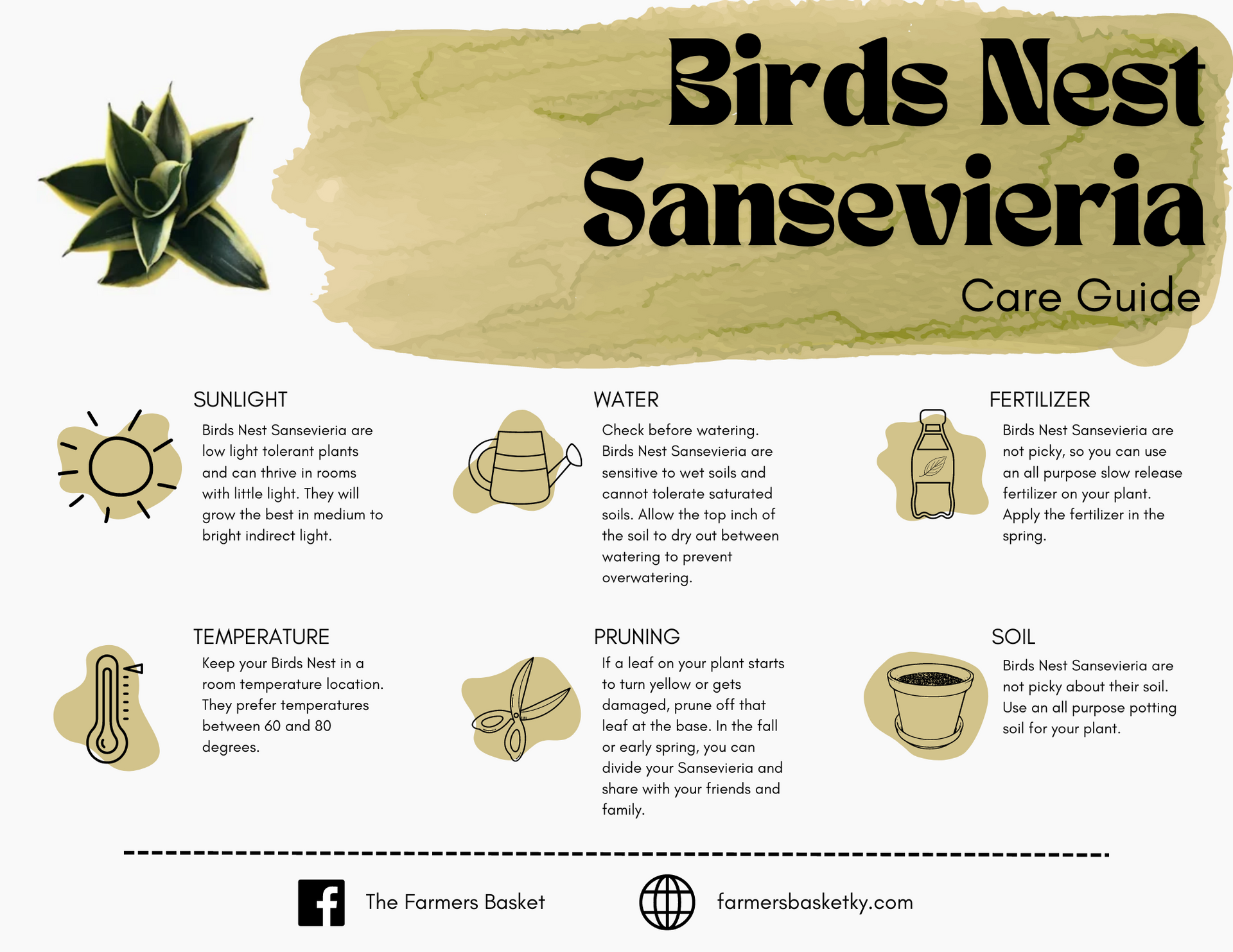
Boobie Cactus
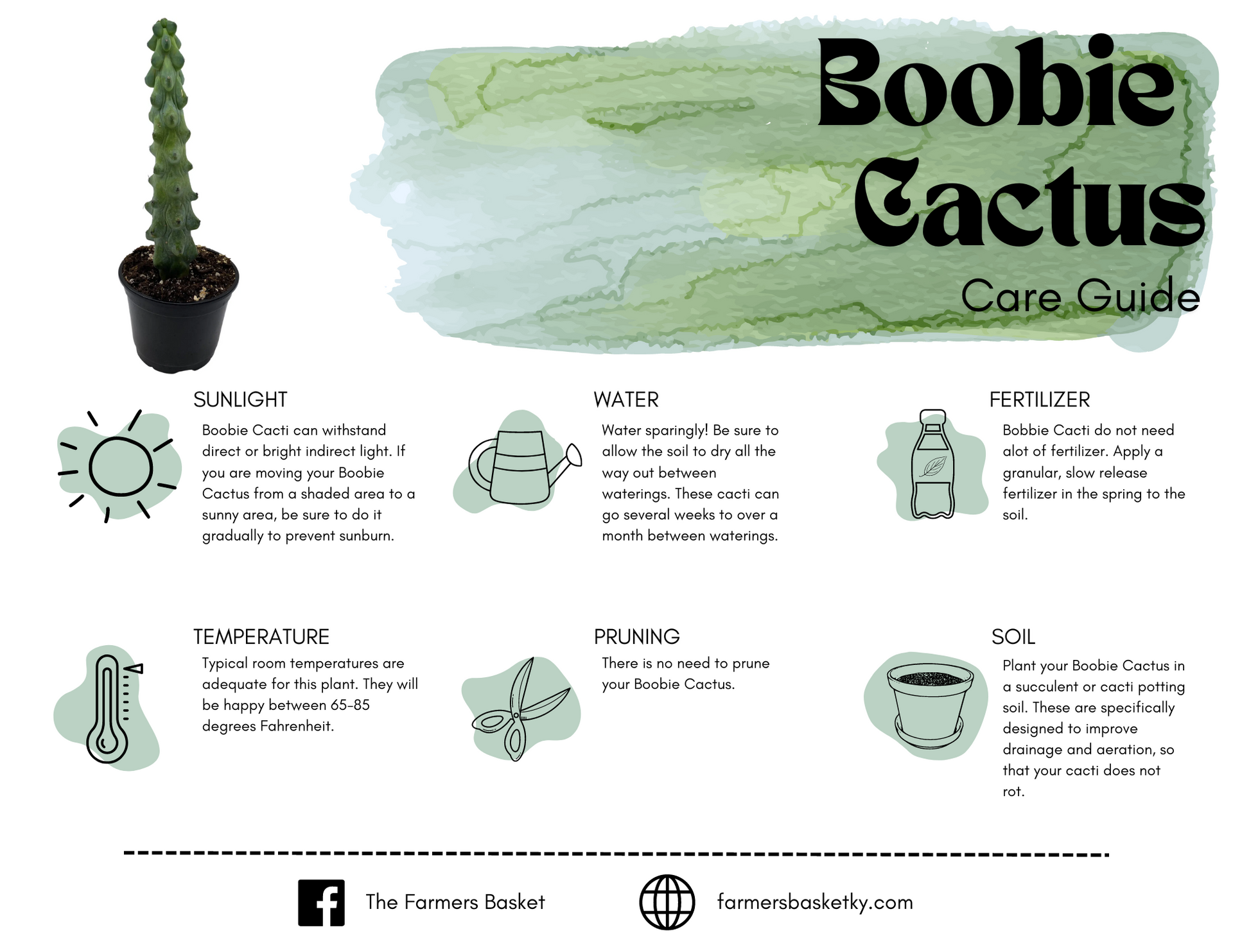
Calathea Orbifolia
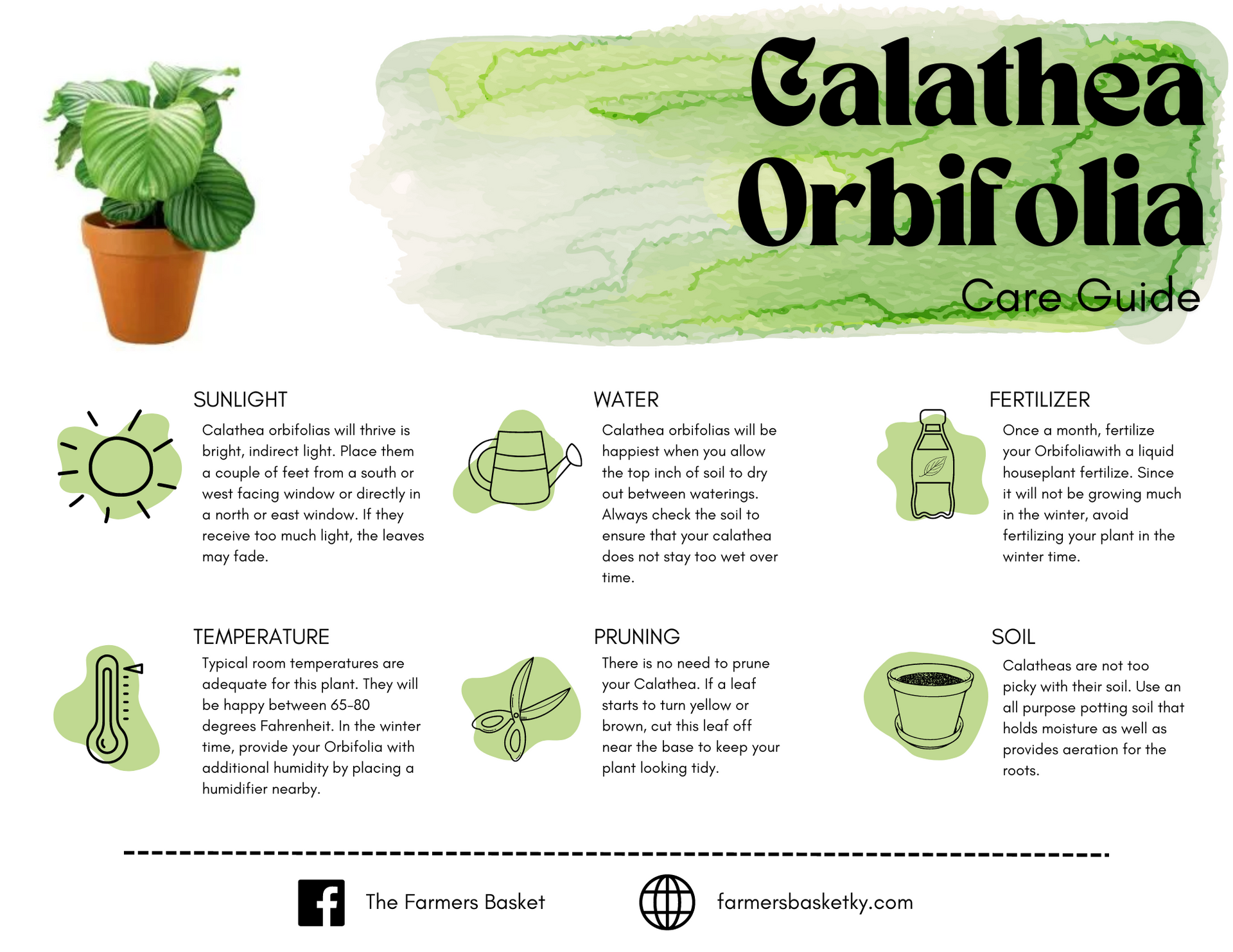
Calathea Peacock

Cast Iron Plant
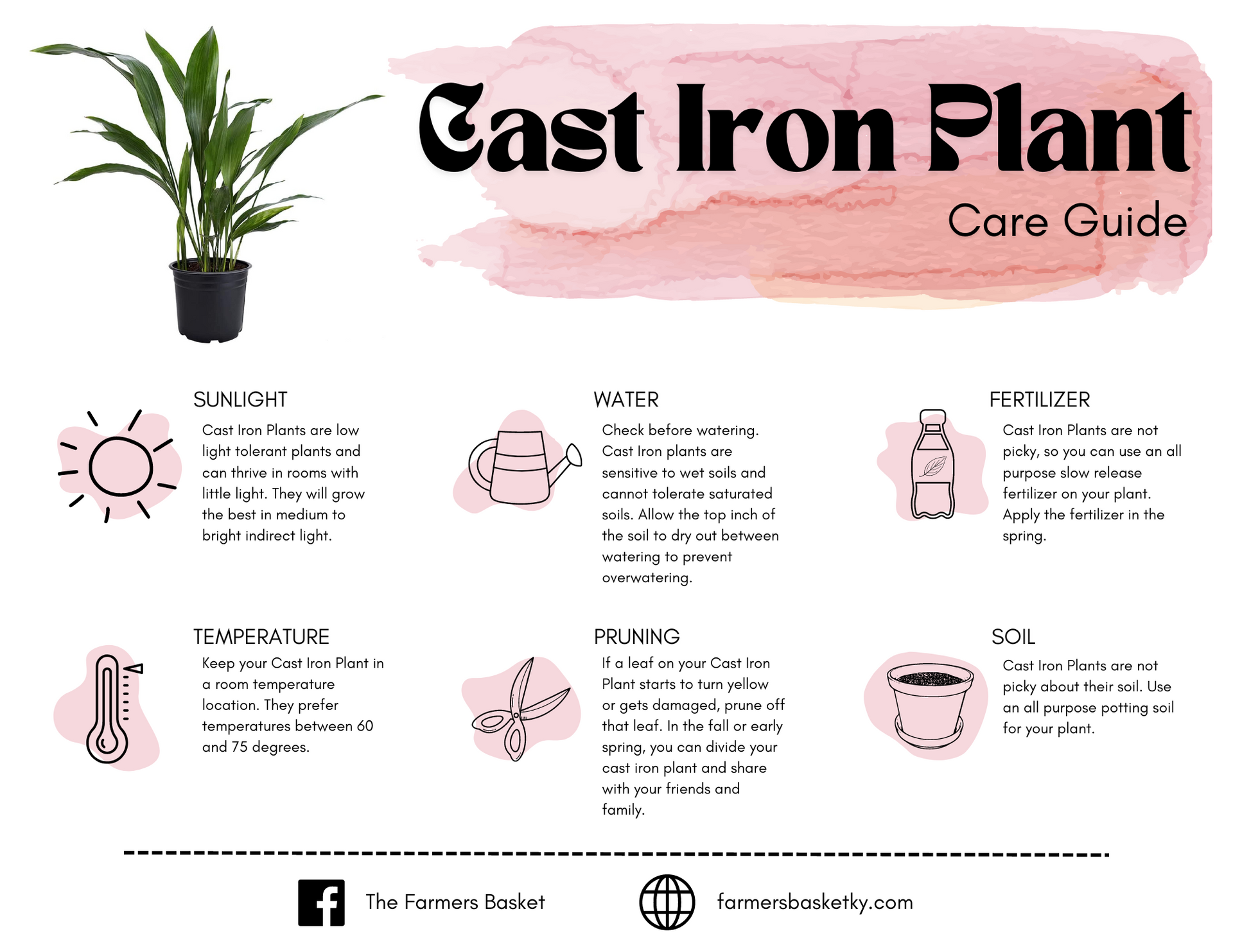
Confetti Syngonium

Dieffenbachia Panther
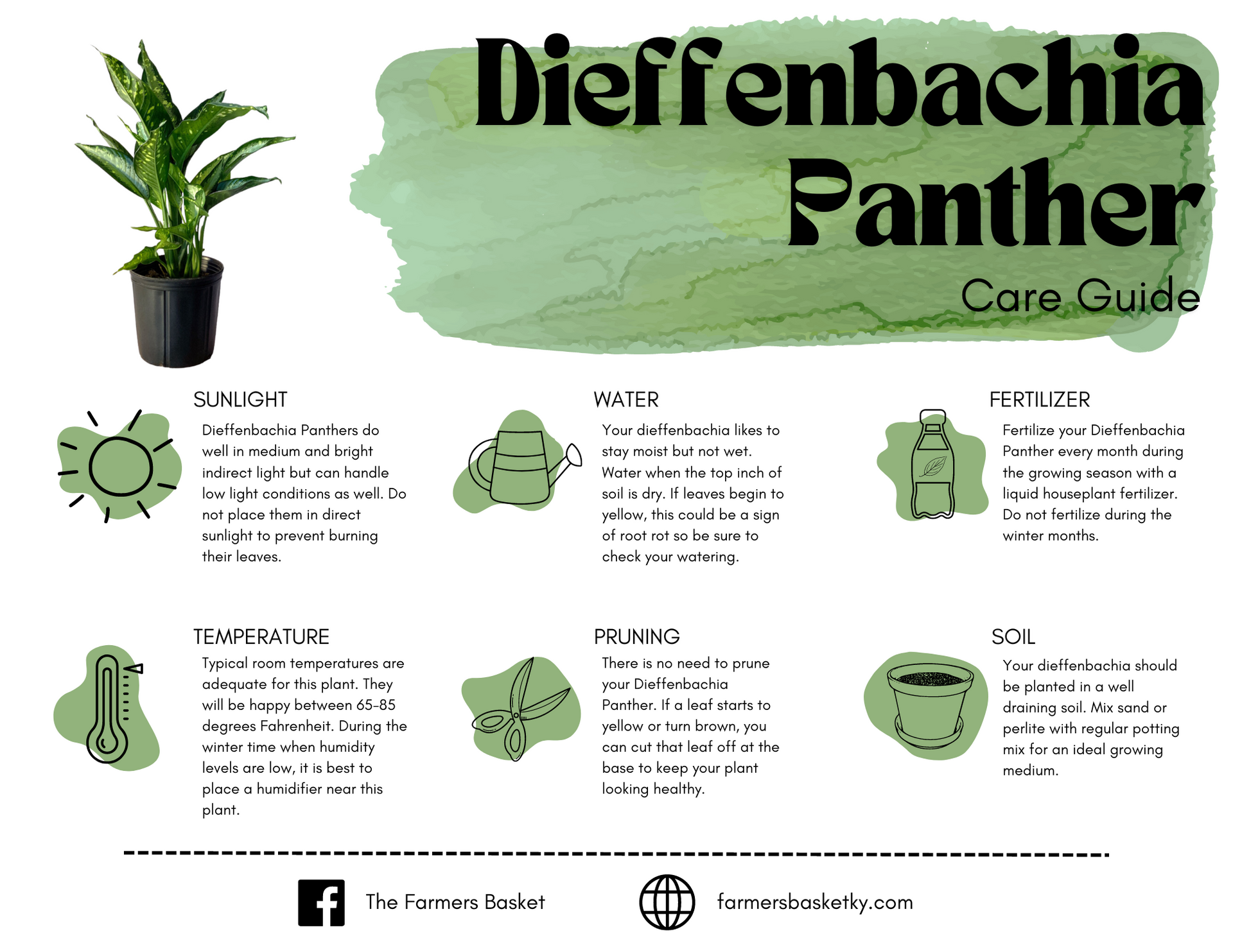
Ficus benjamina
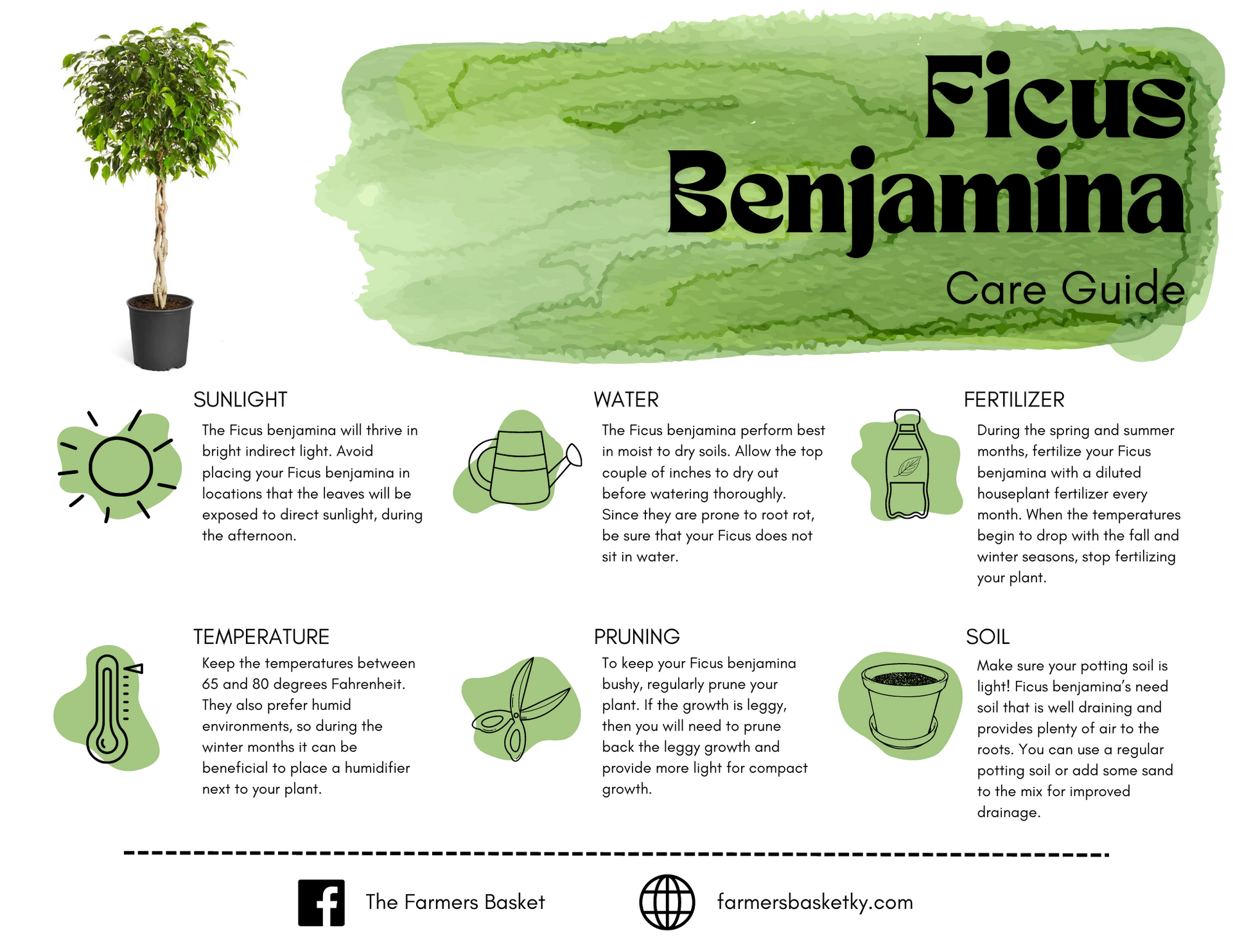
Ficus Burgundy
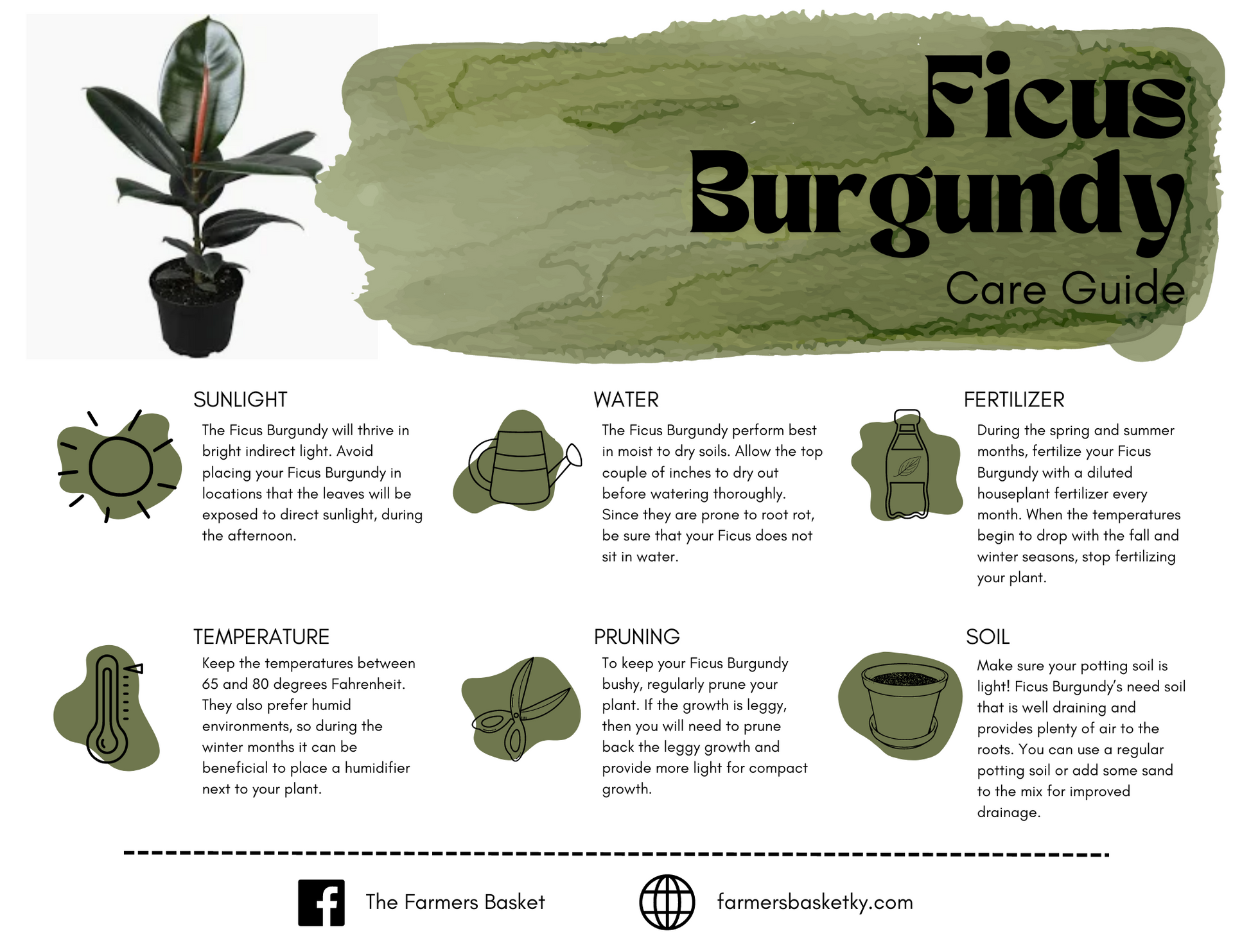
Ficus Ginseng
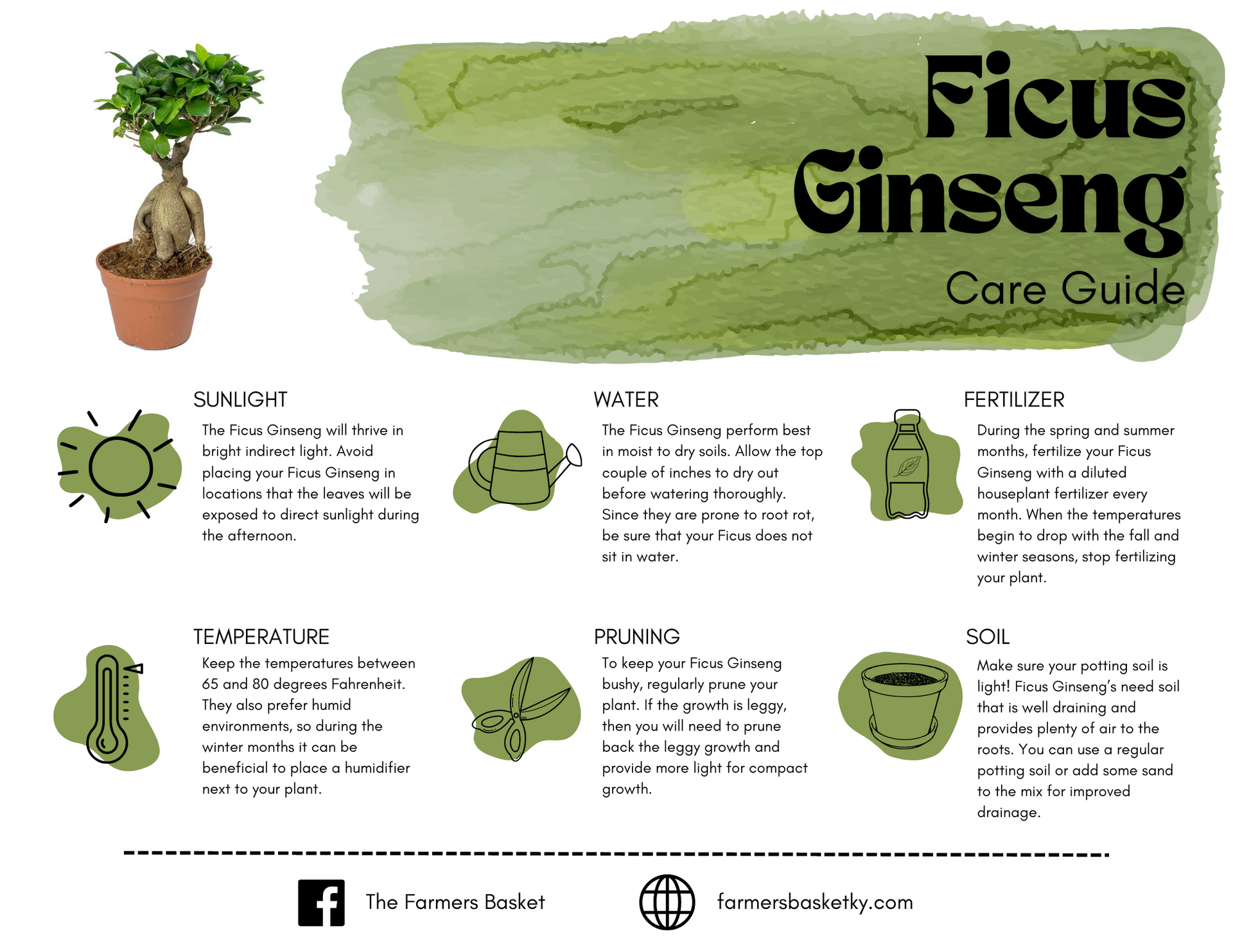
Ficus lyrata
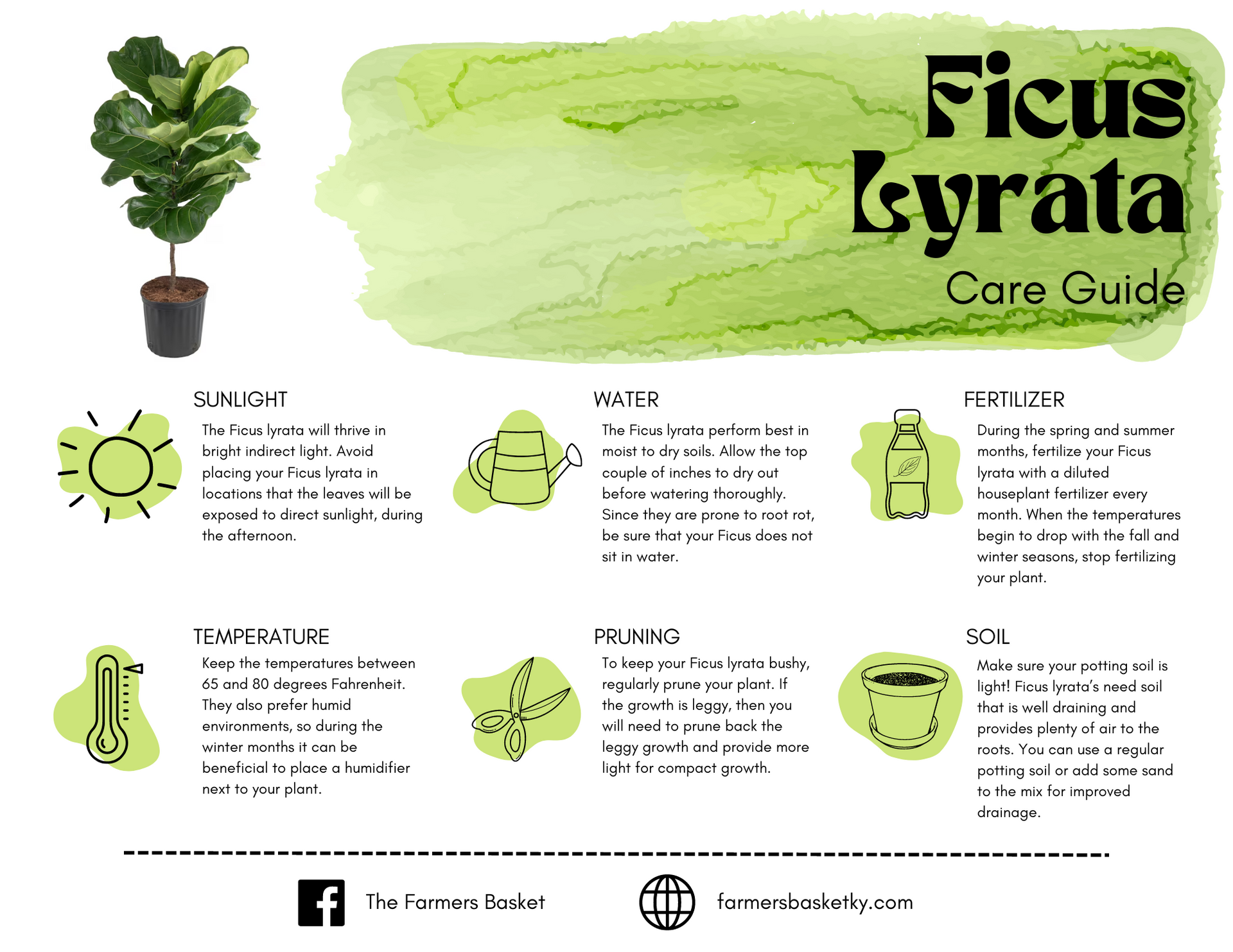
Ficus Moonshine
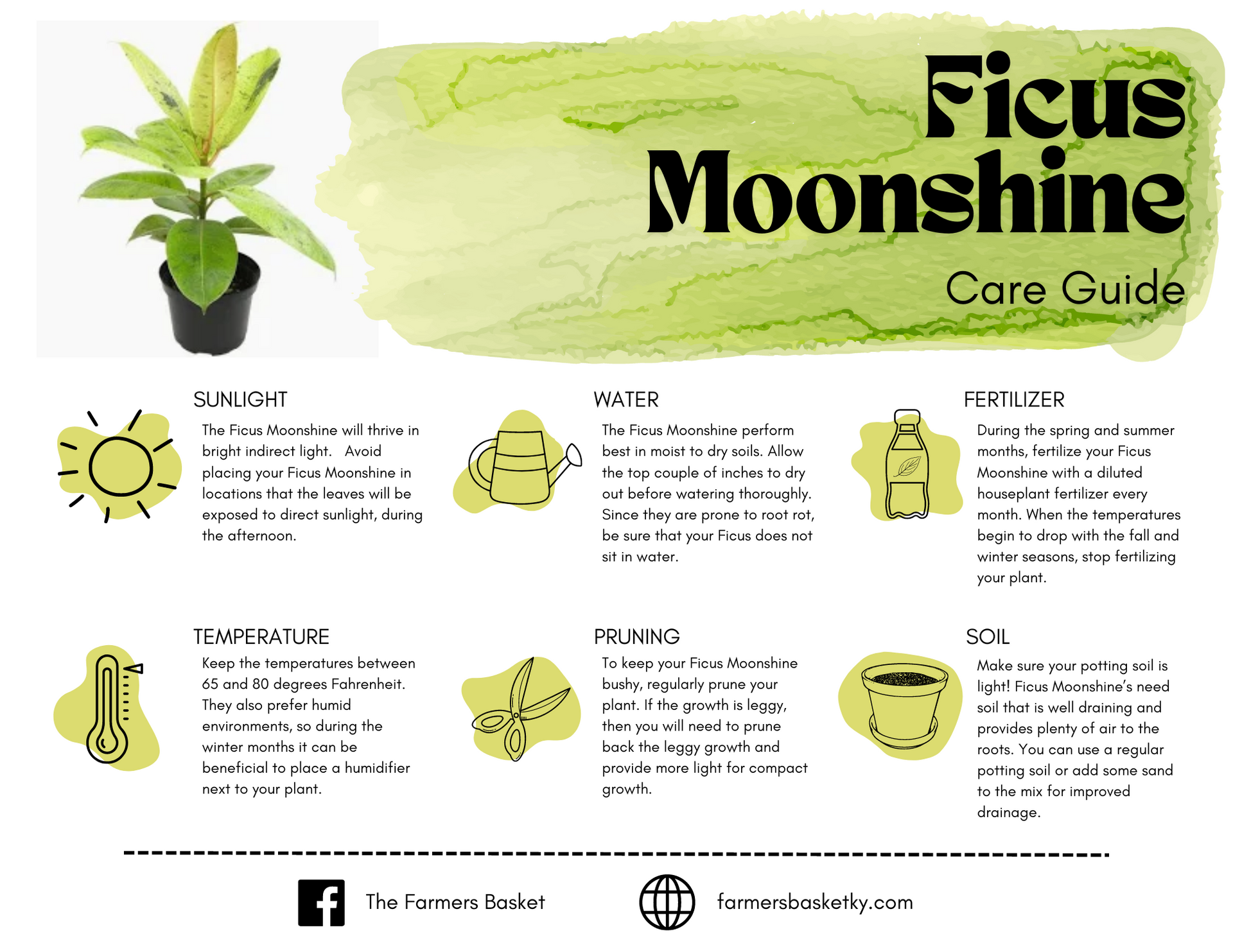
Ficus Tineke
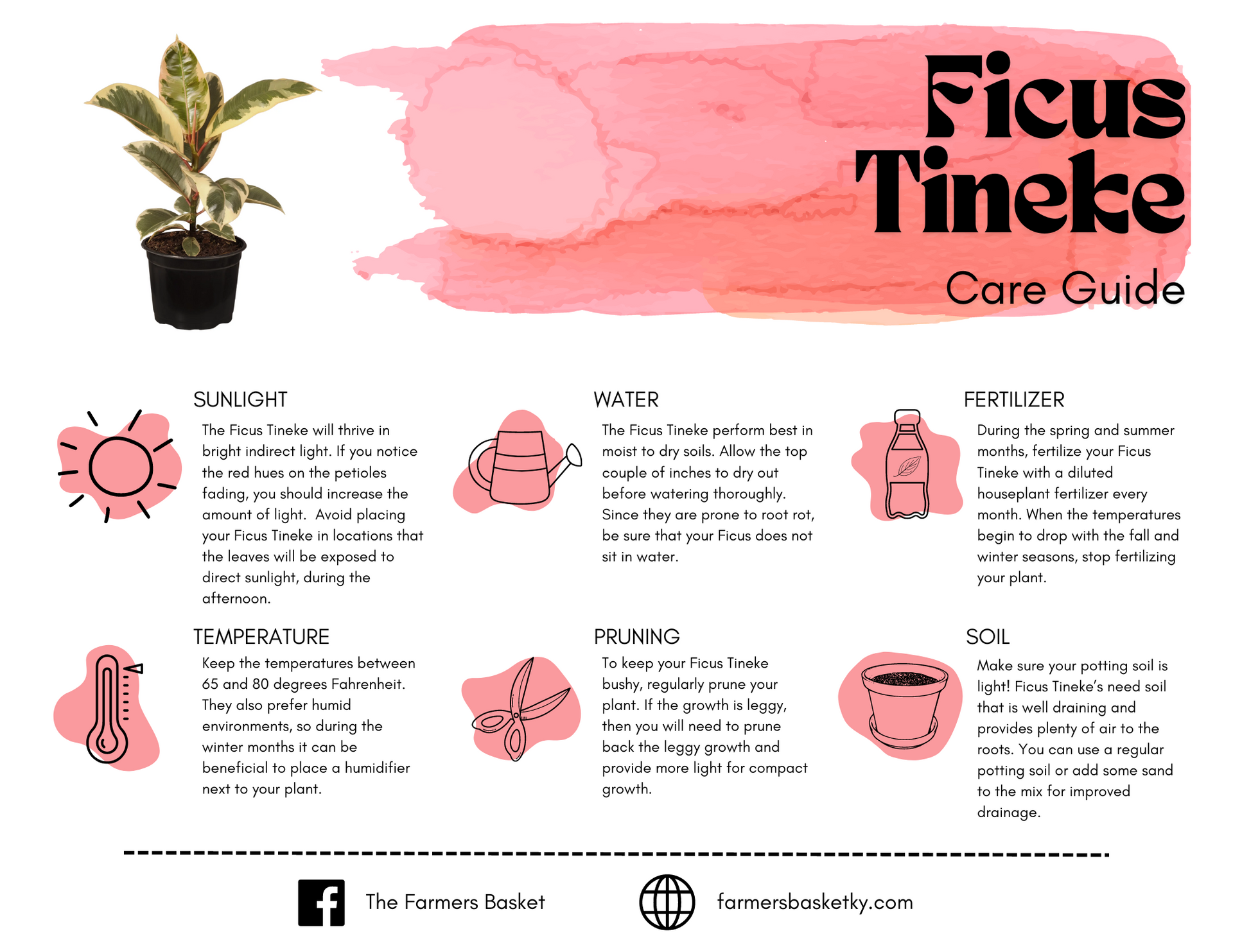
Ficus Triangularis
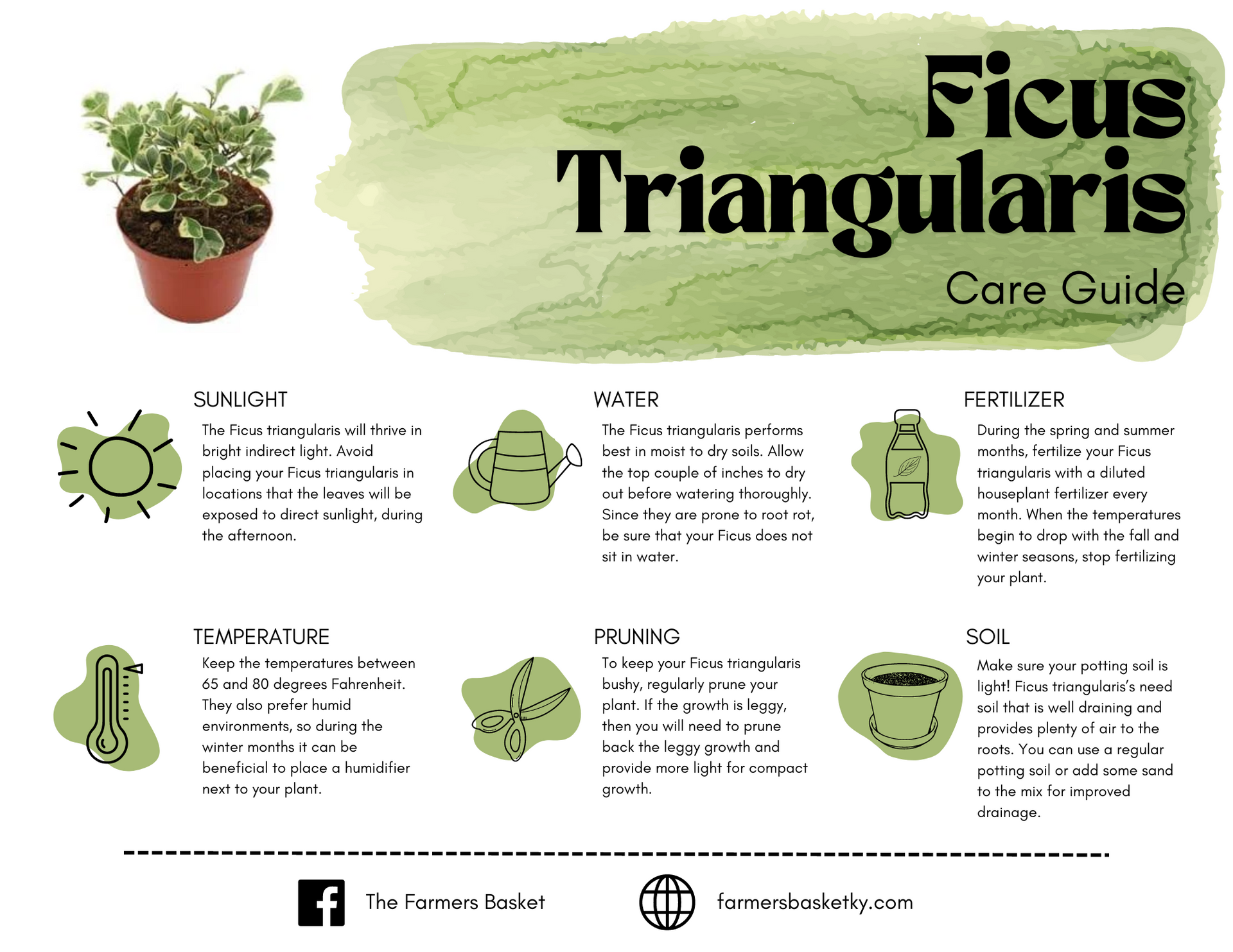
Hoya Eskimo
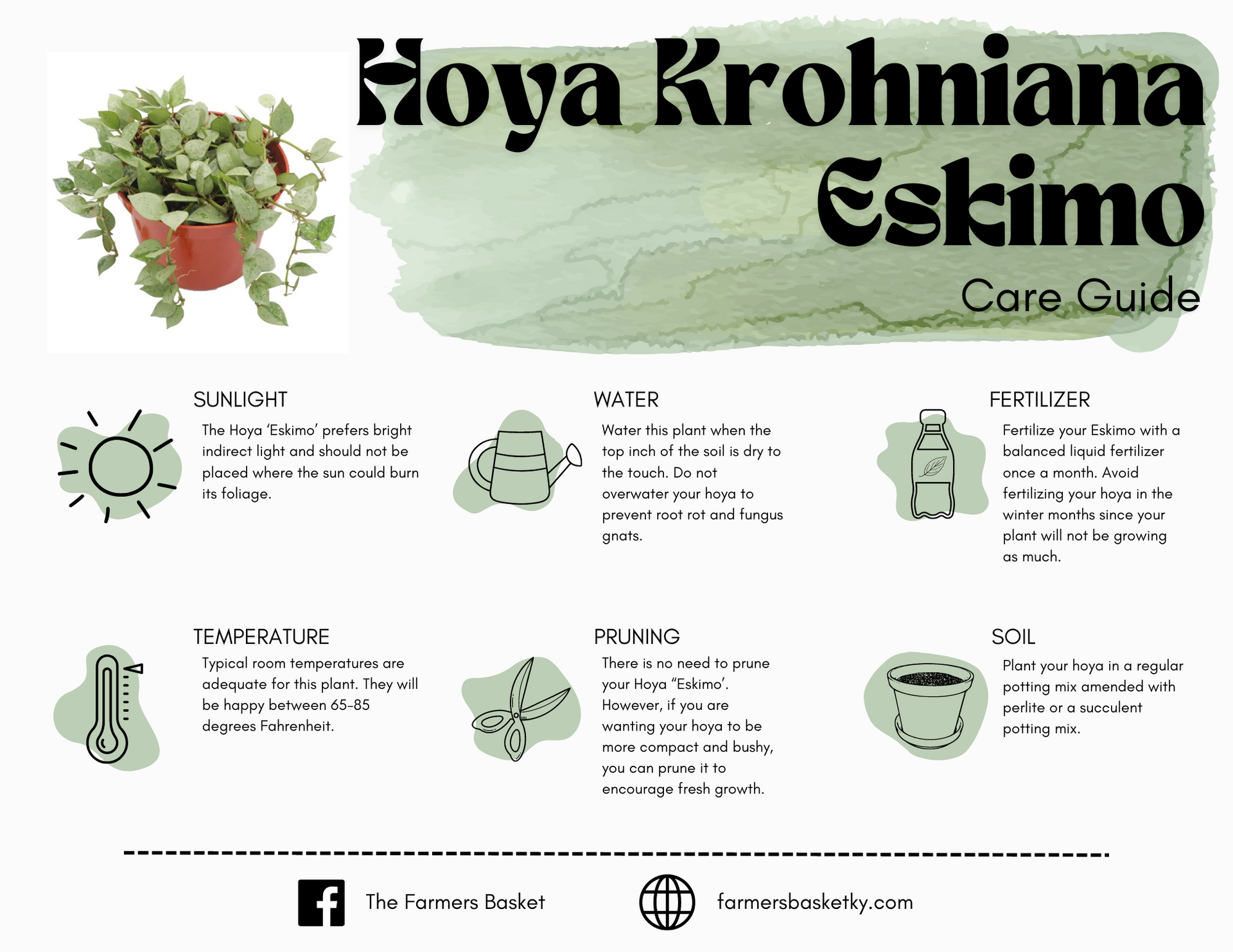
Lemon Lime Philodendron
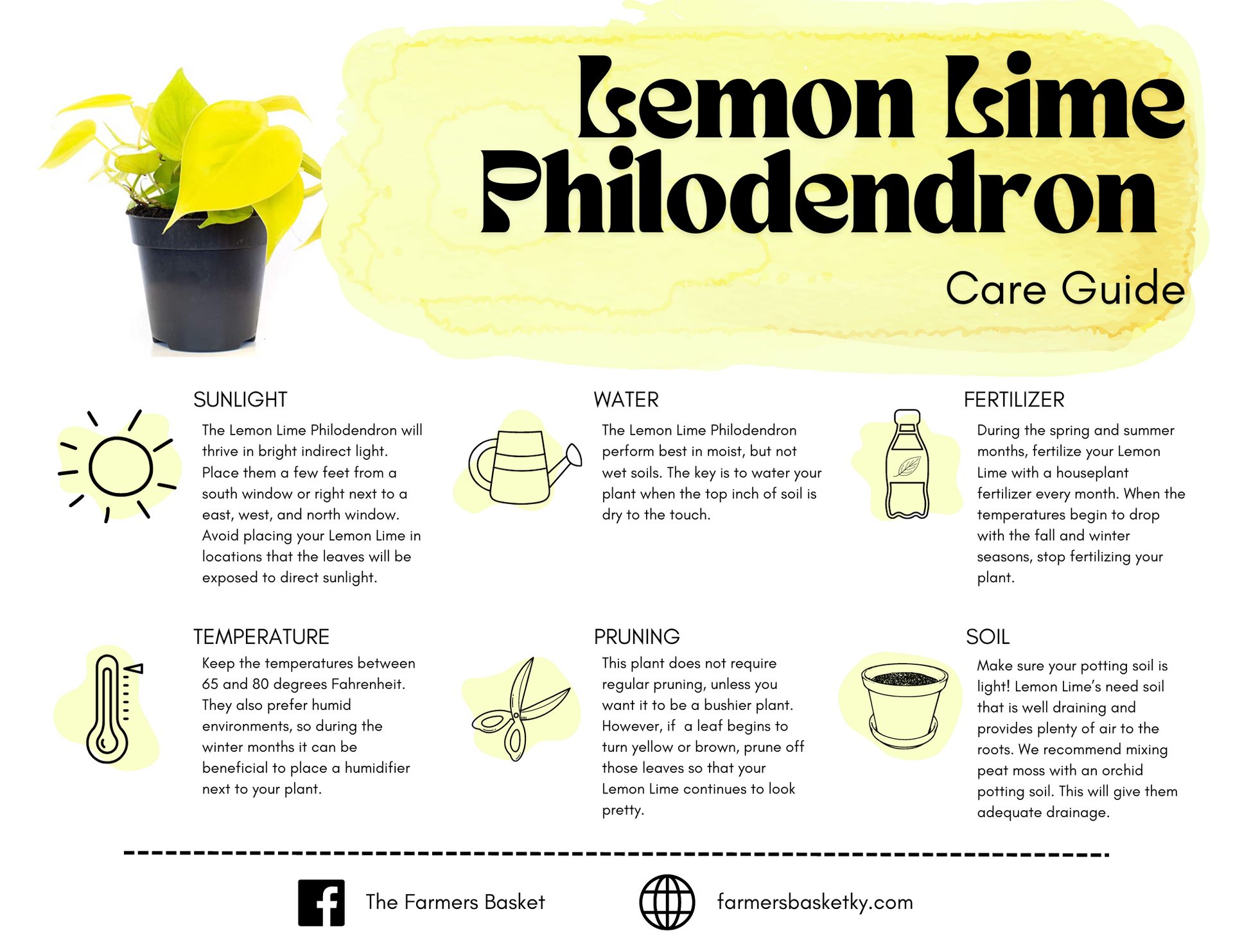
Marble Peperomia
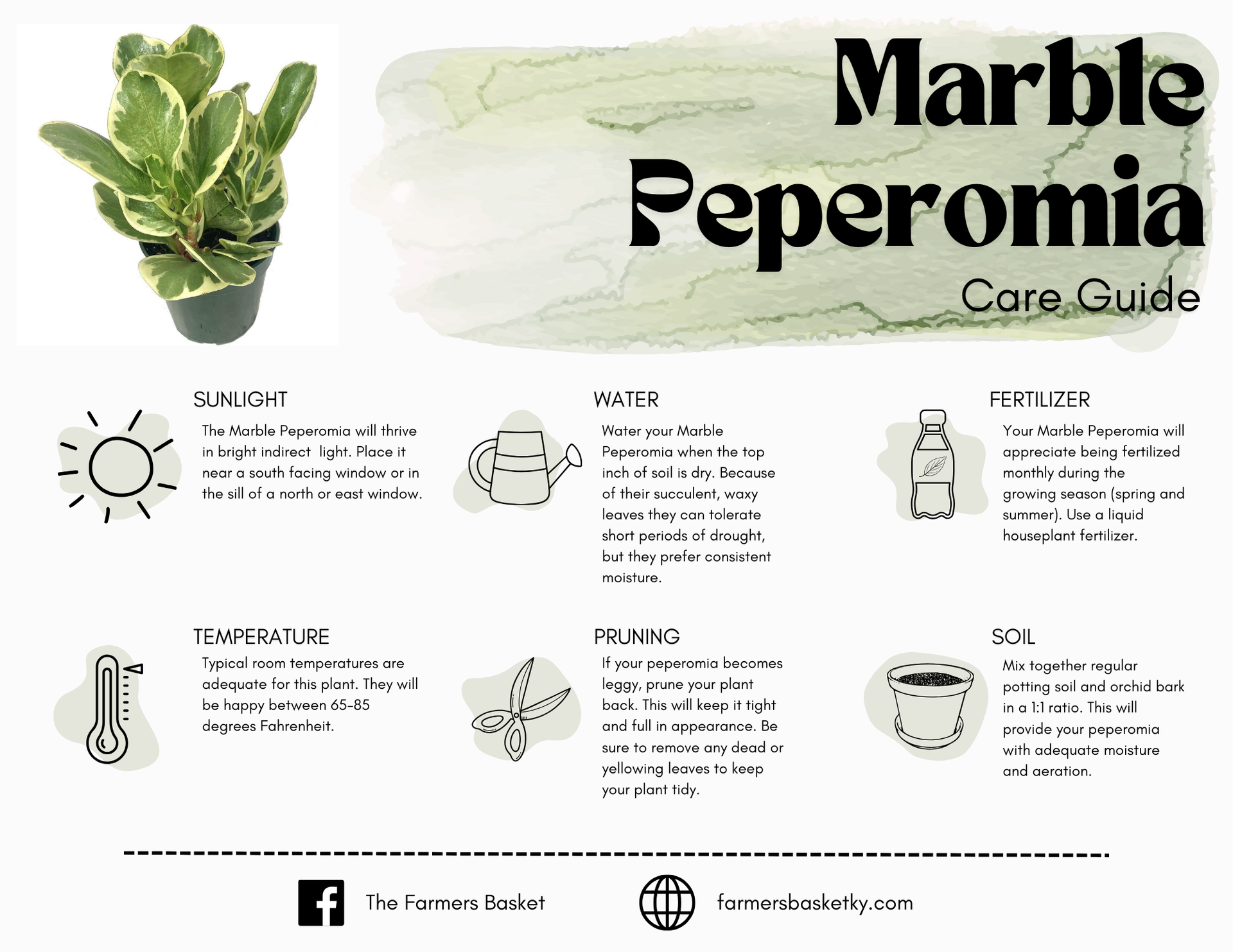
Narrow Escape Philodendron
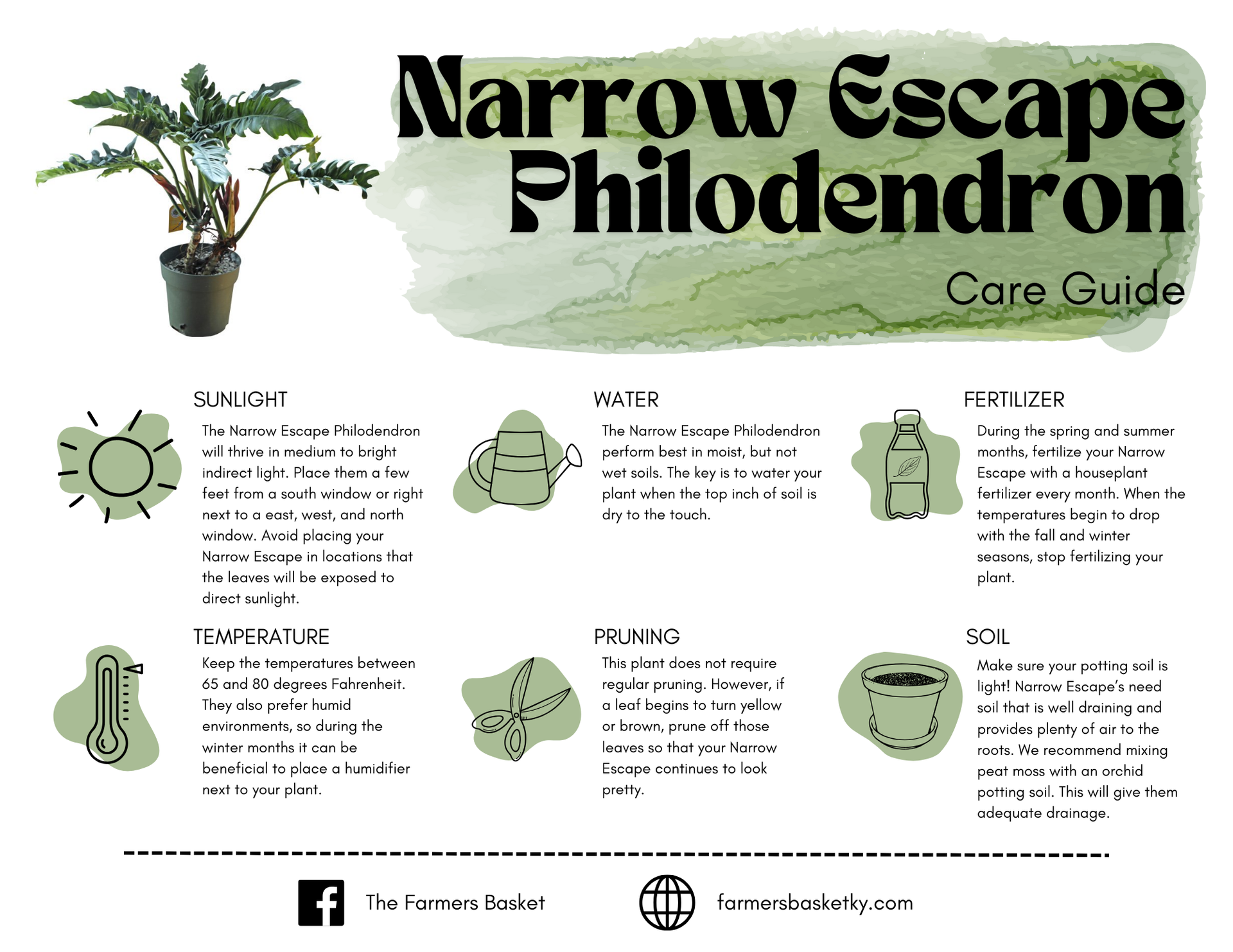
Nepenthes
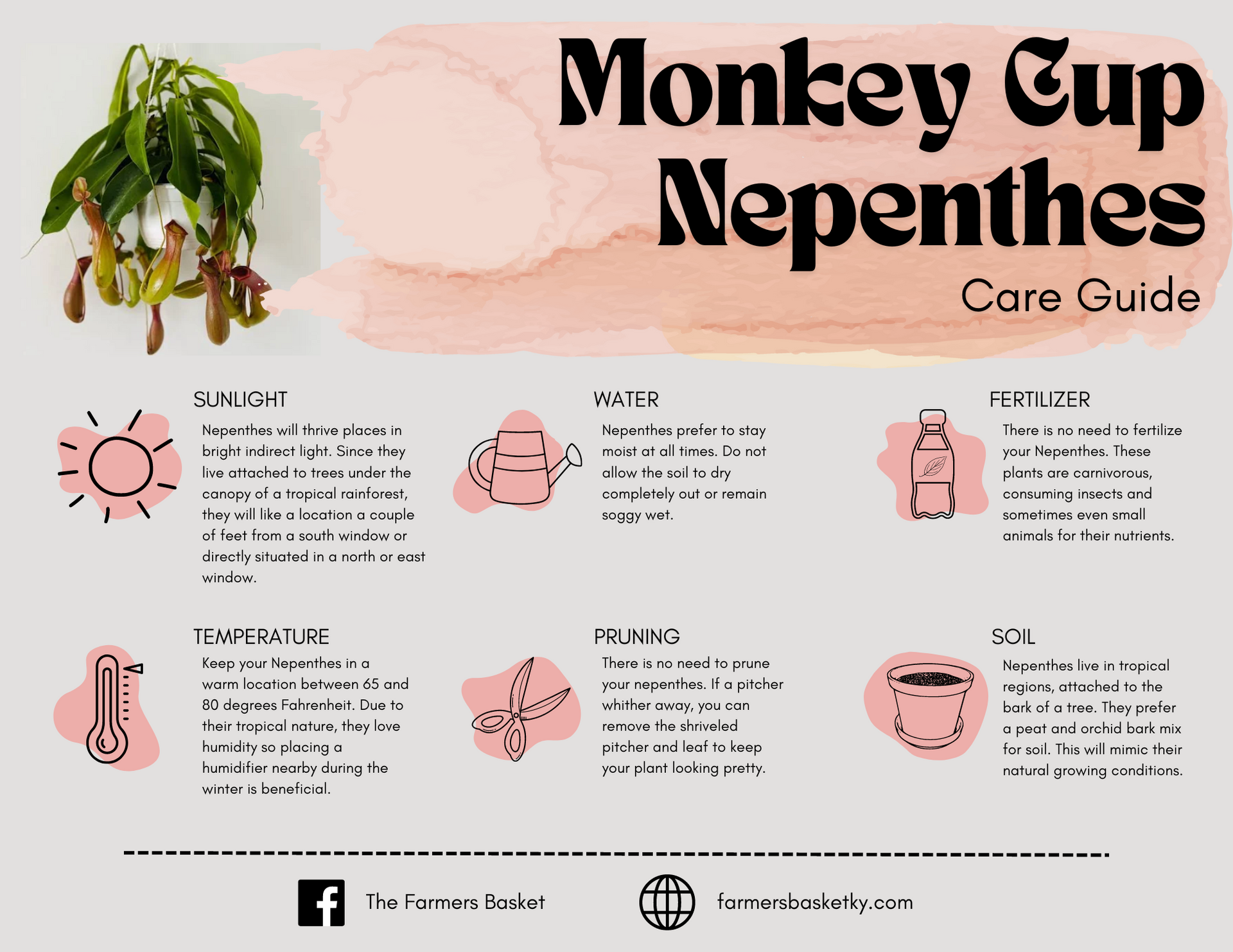
Norfolk Island Pine
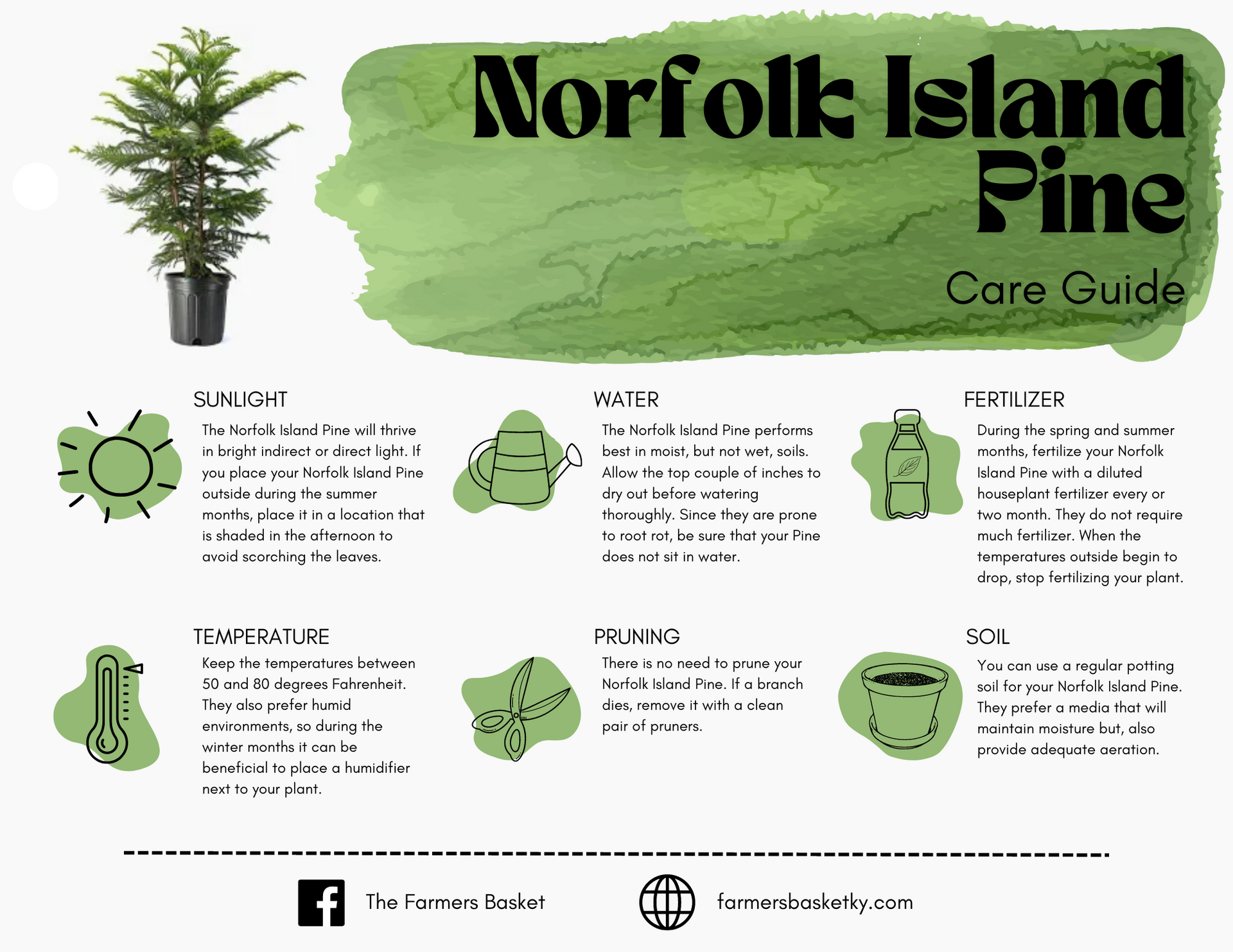
Philodendron Tortum
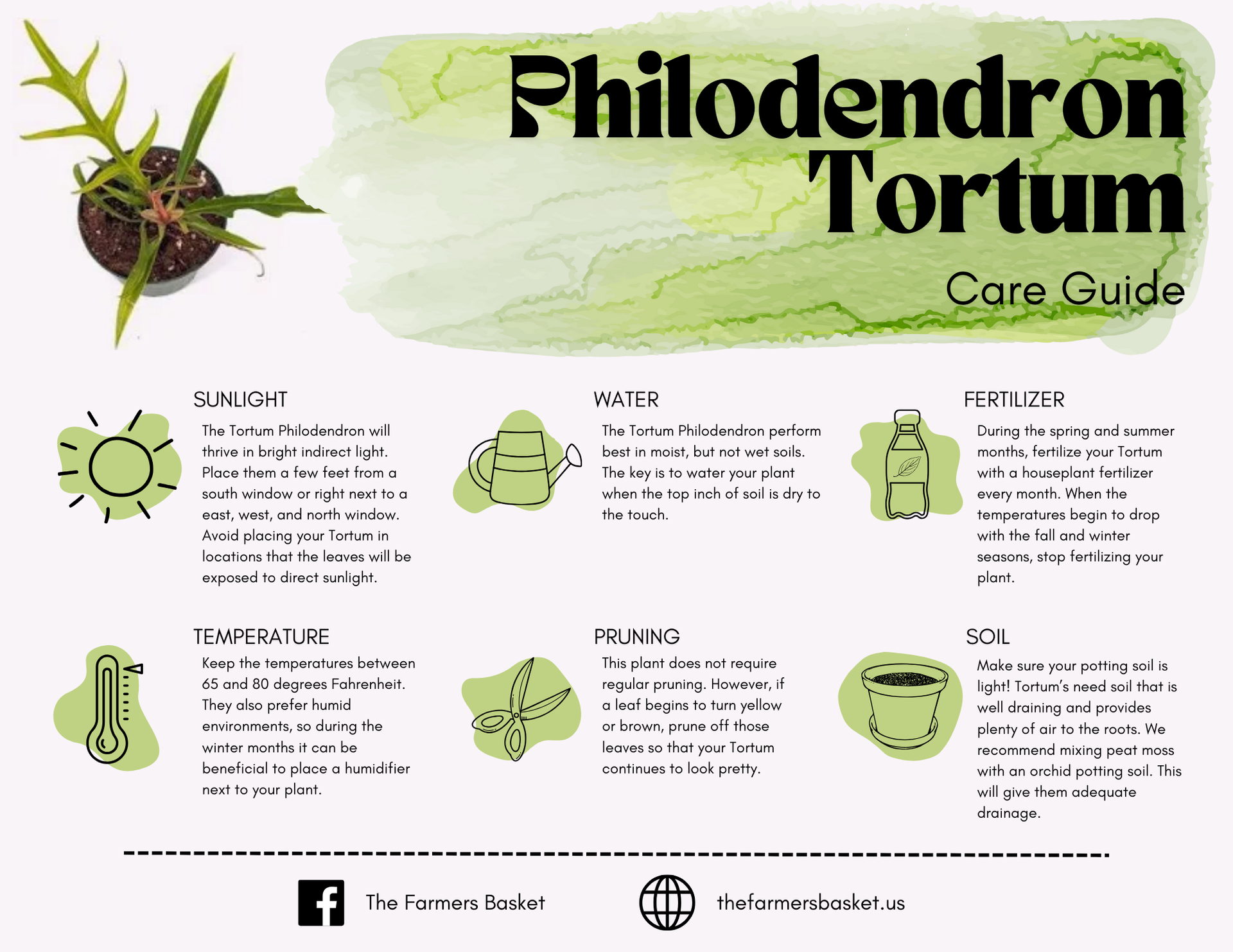
Pink Princess Philodendron
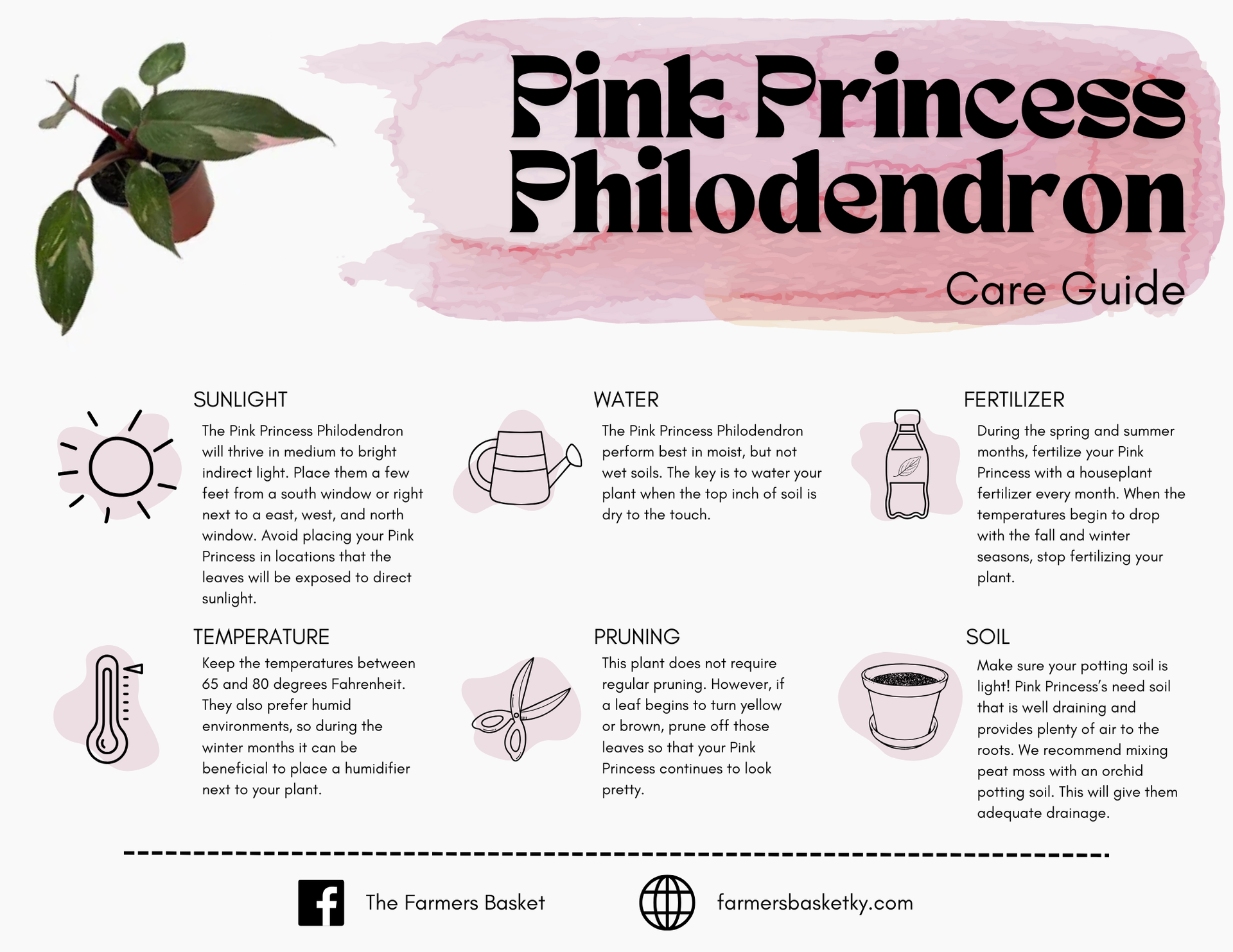
Prince of Orange
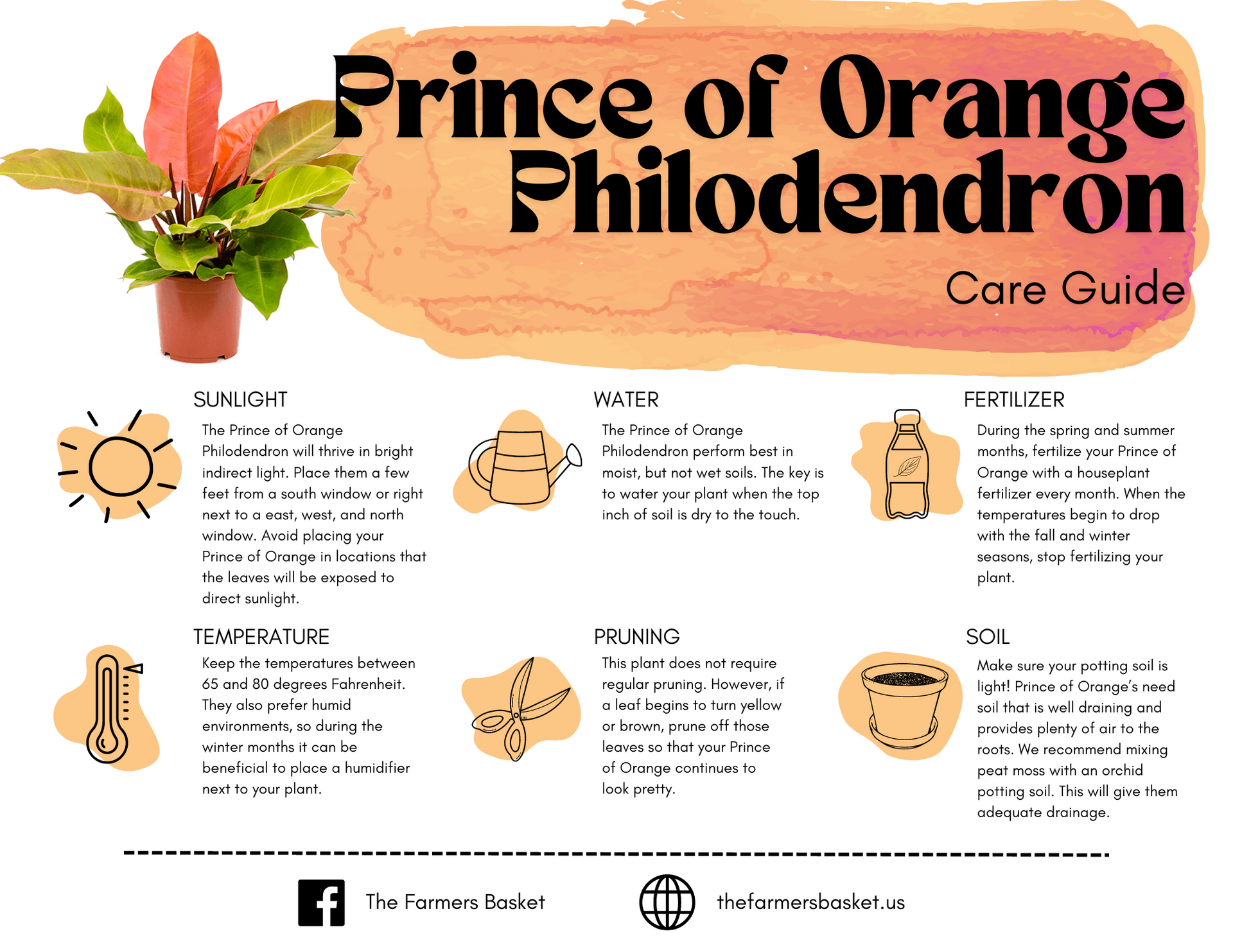
Ring of Fire
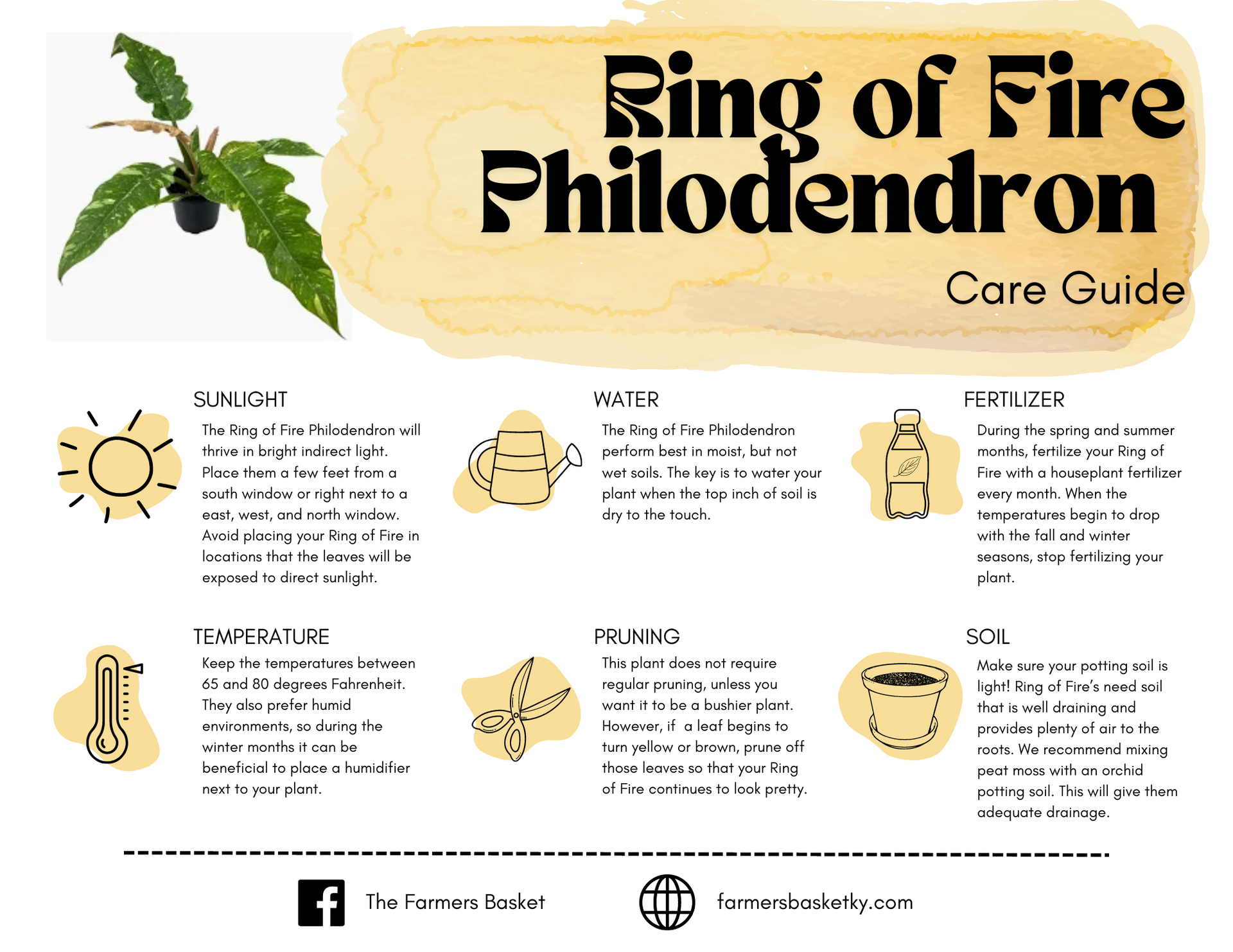
Roadkill Cactus
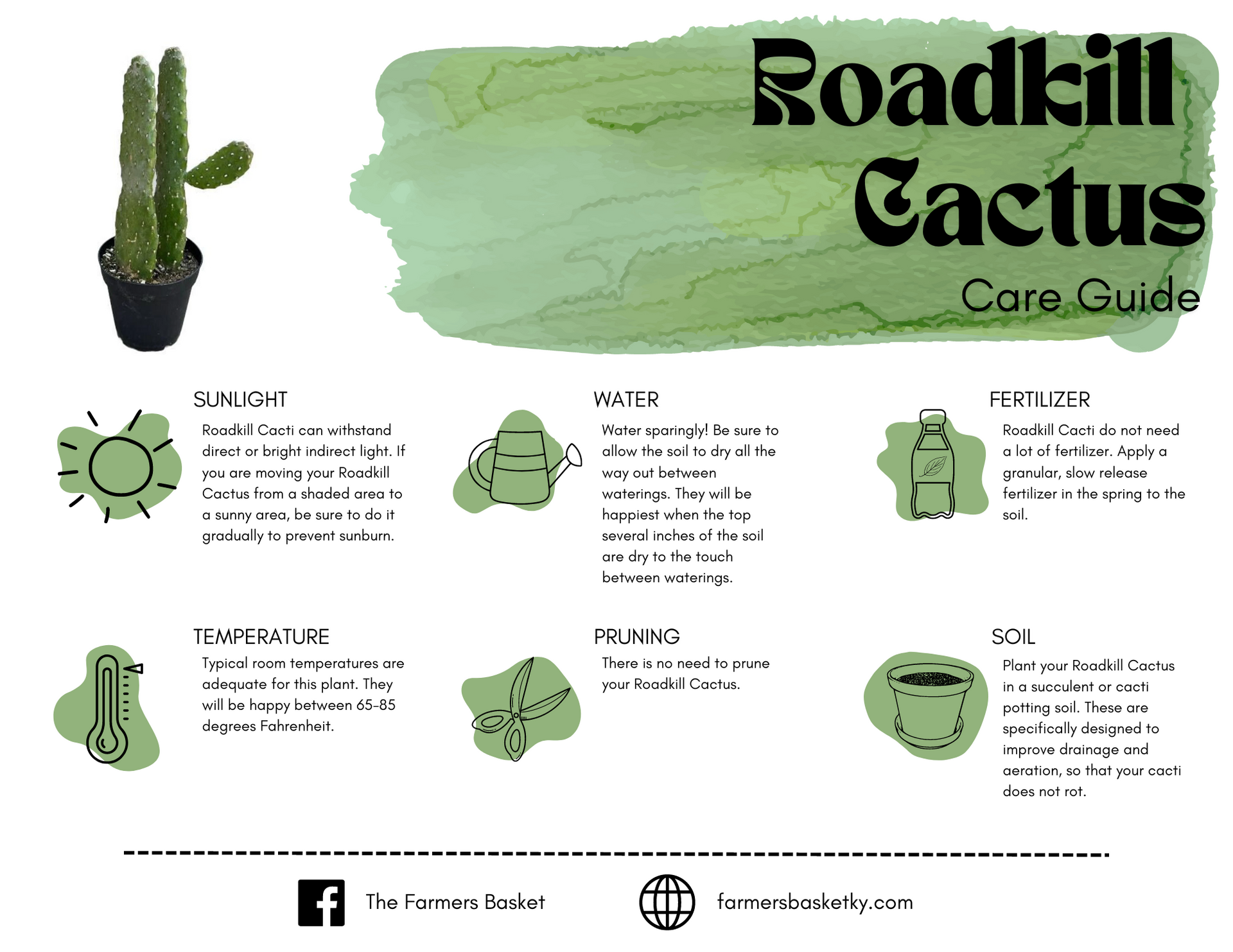
Schismatoglottis wallichii
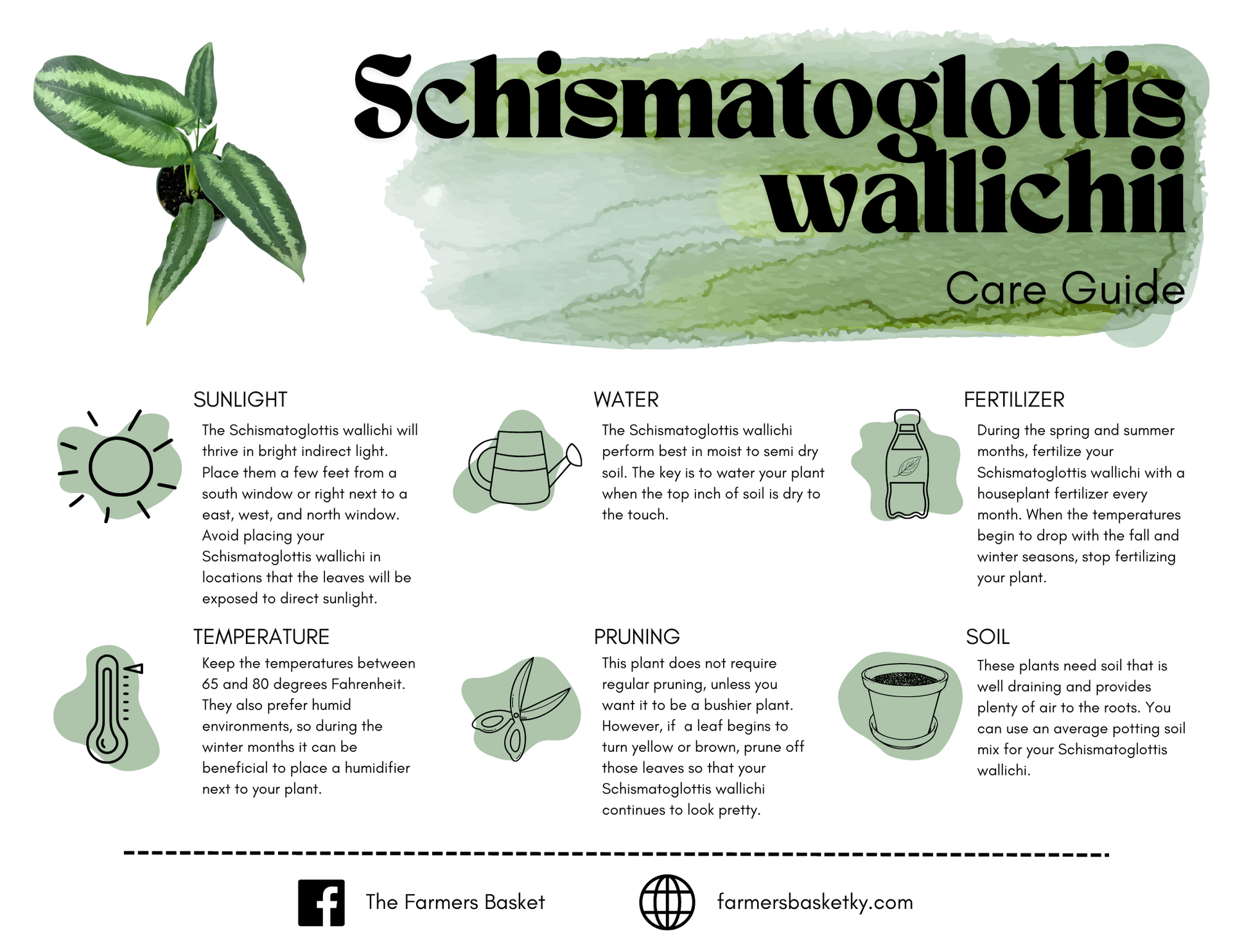
Staghorn Fern
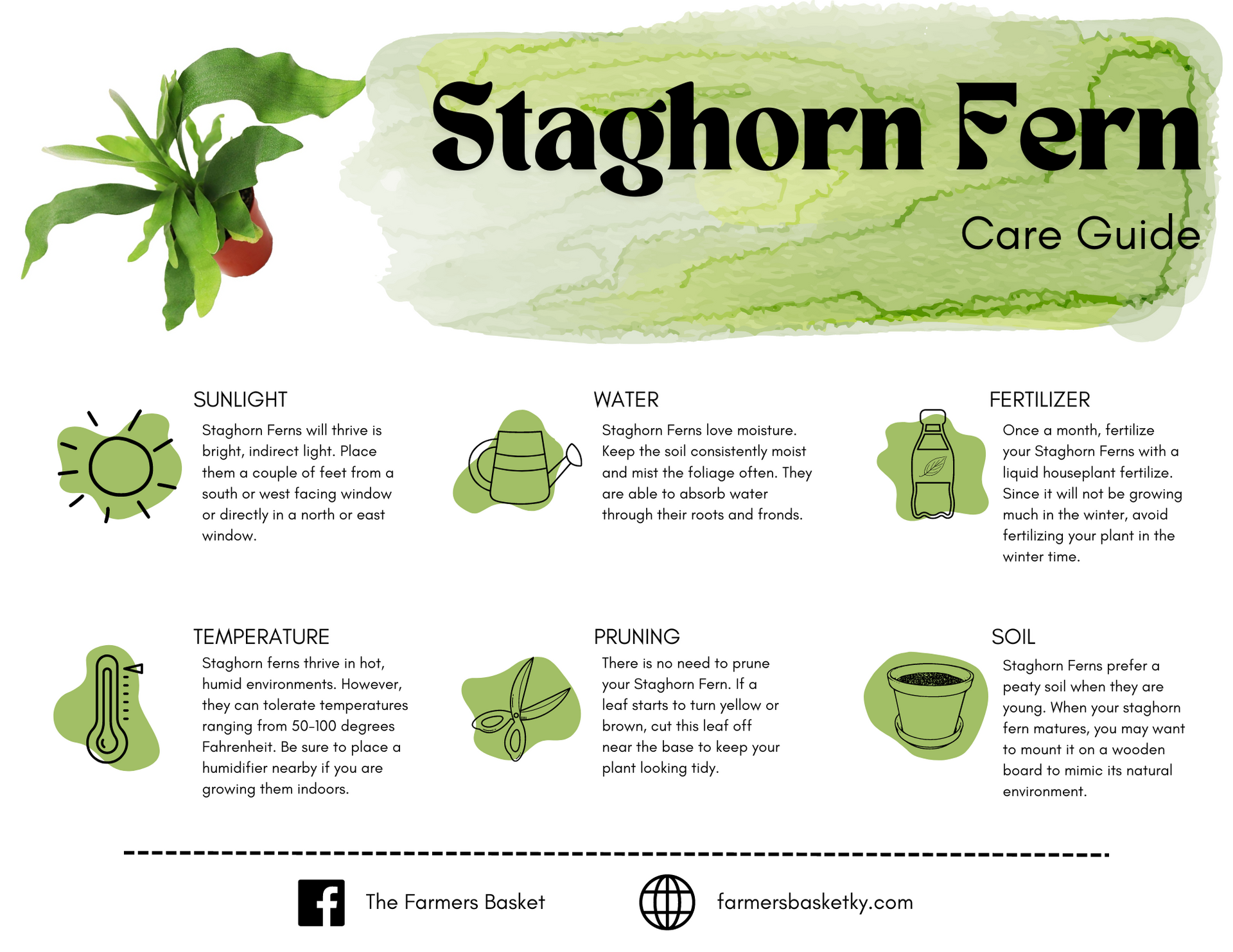
Swiss Cheese Philodendron
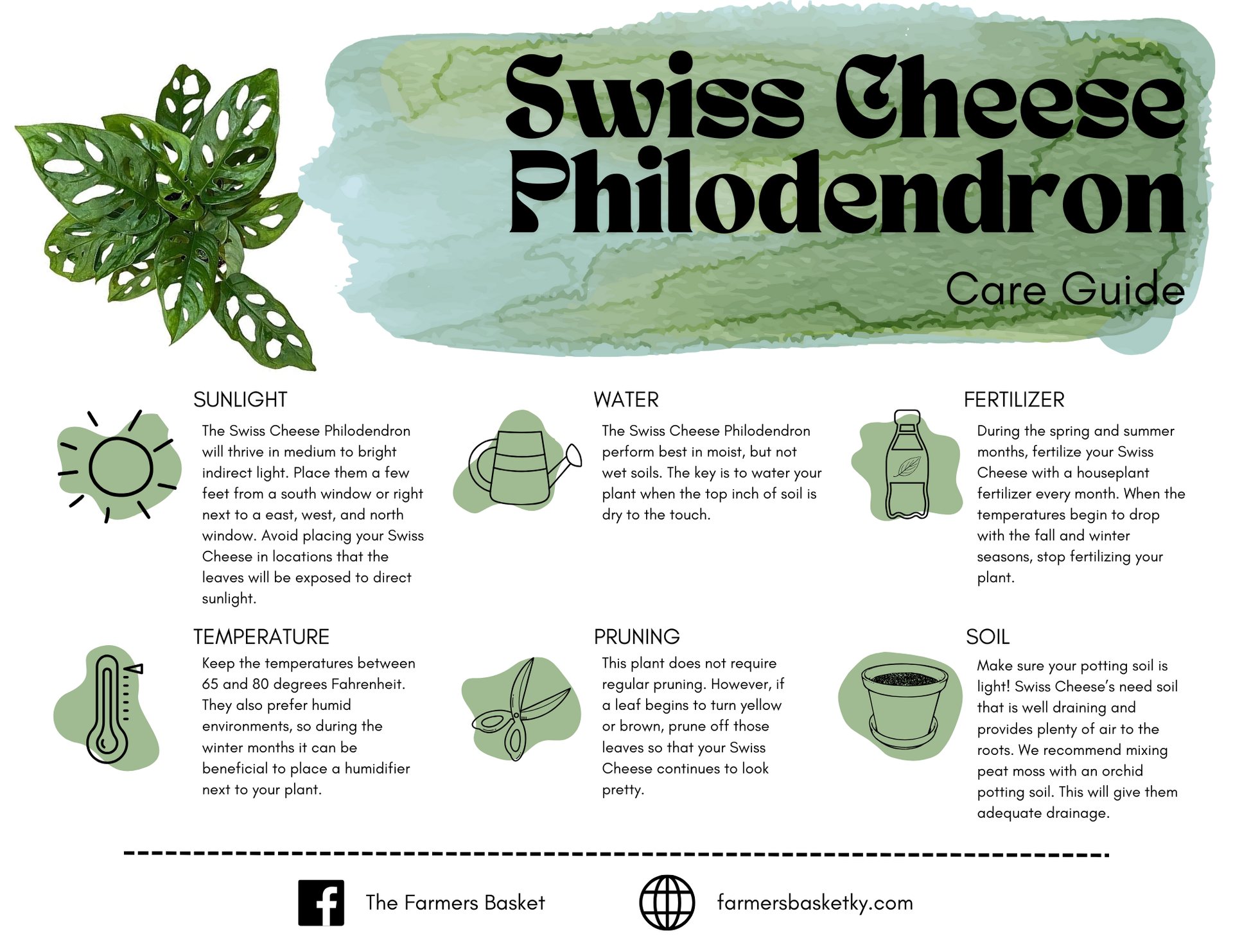
Thai Constellation Monstera
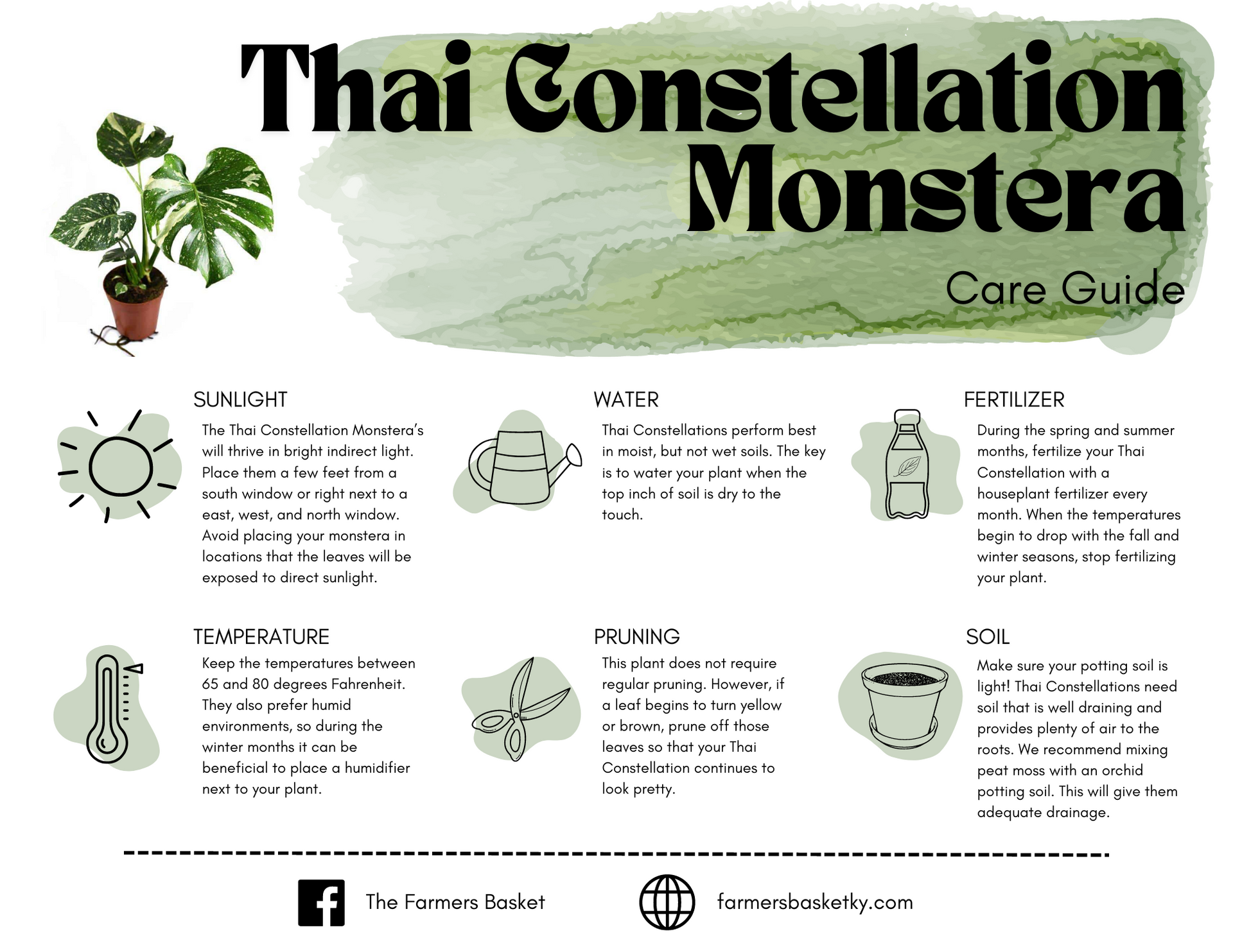
Silver Sword Philodendron

Summer Glory Philodendron
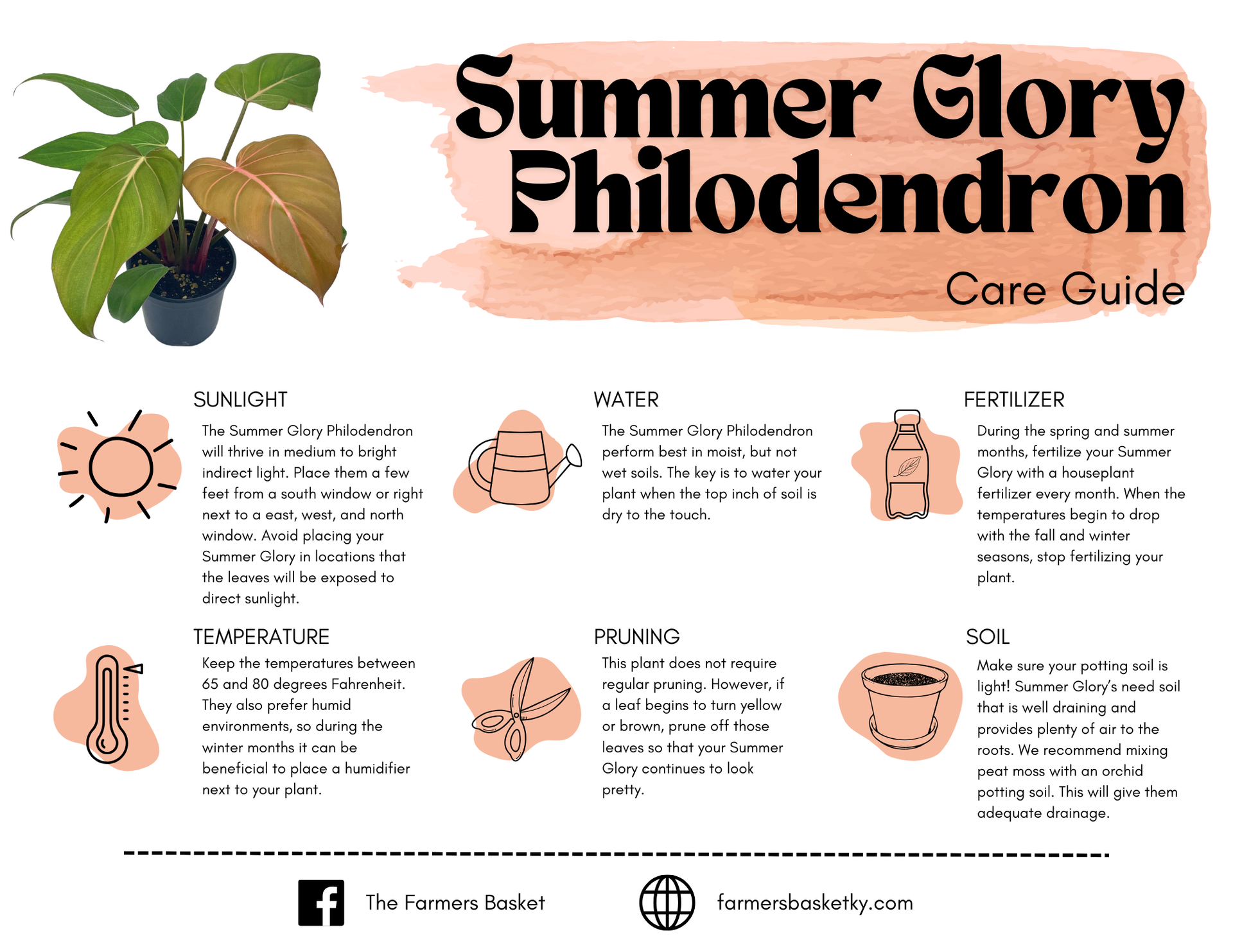
Painted Lady Philodendron
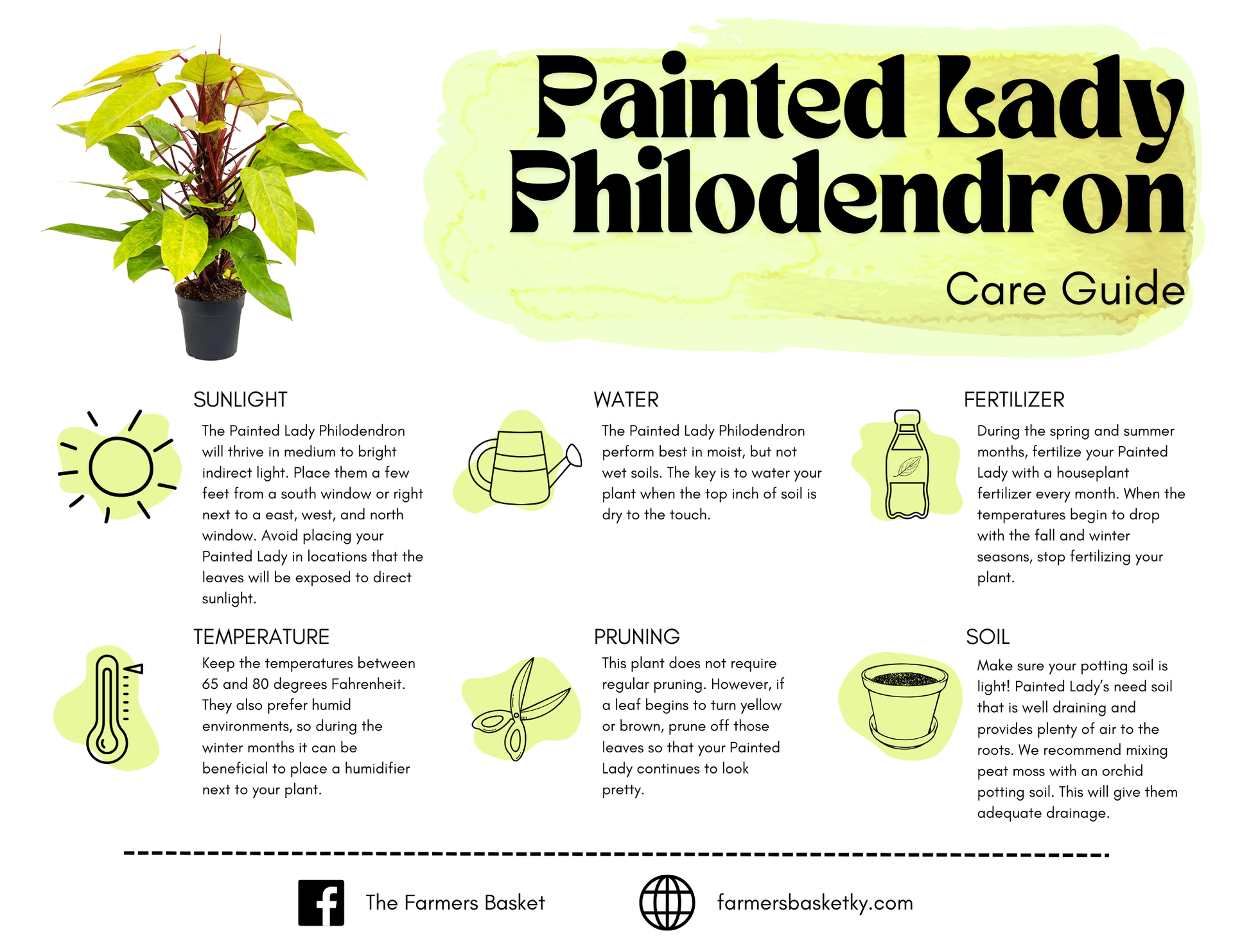
Philodendron melanochrysum
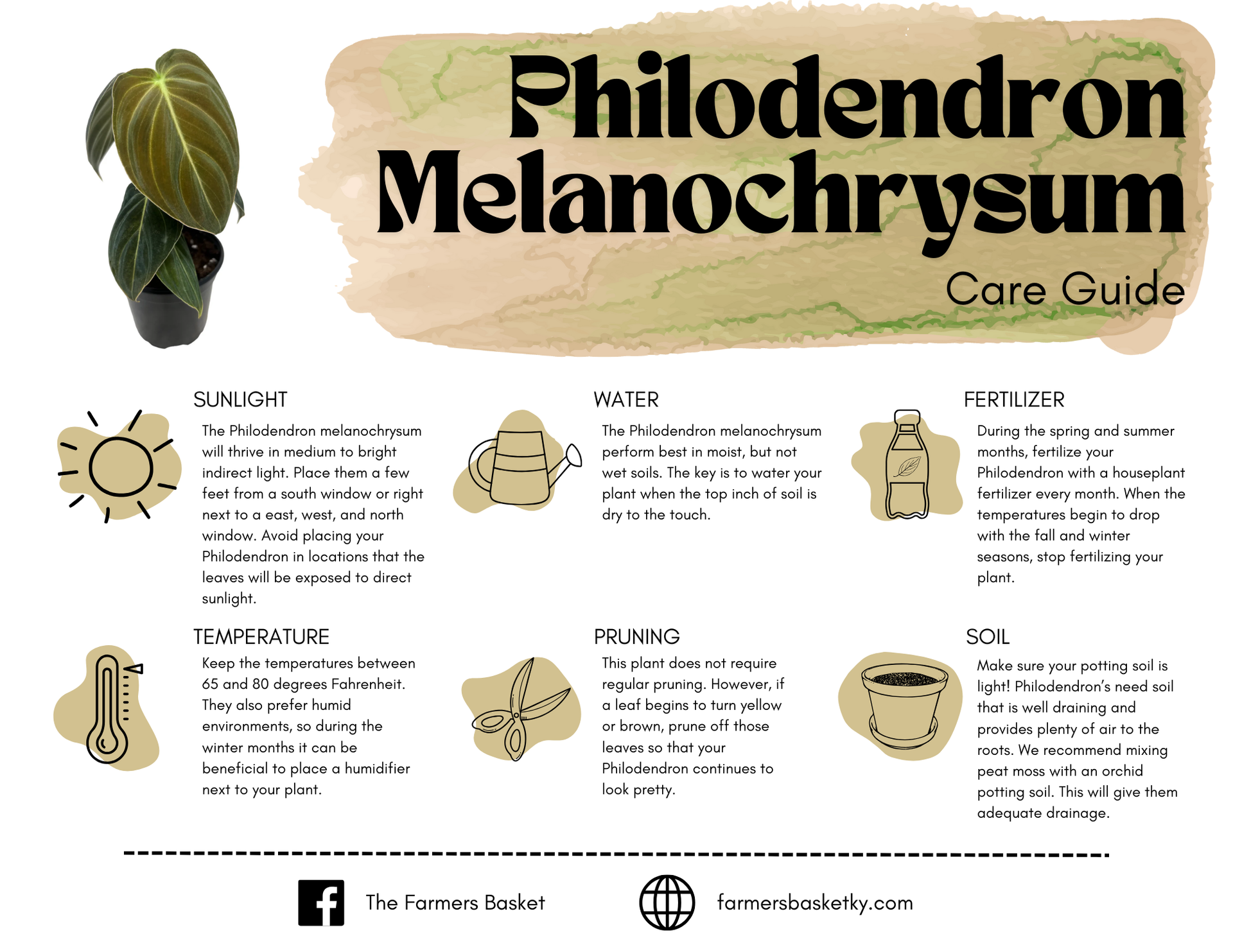
]
Pineapple (Edible)

Whale Fin Sansevieria
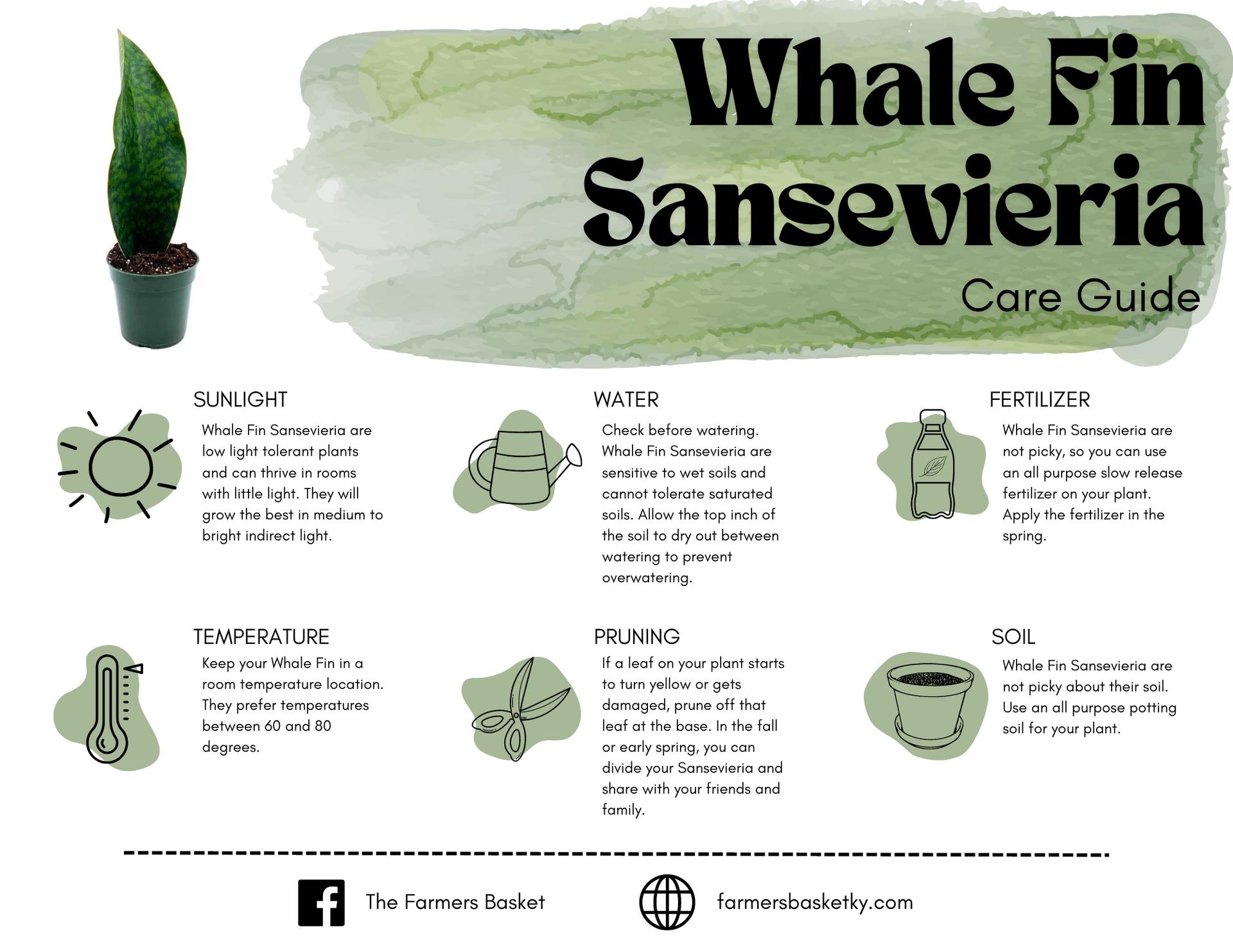
White Fusion Calathea
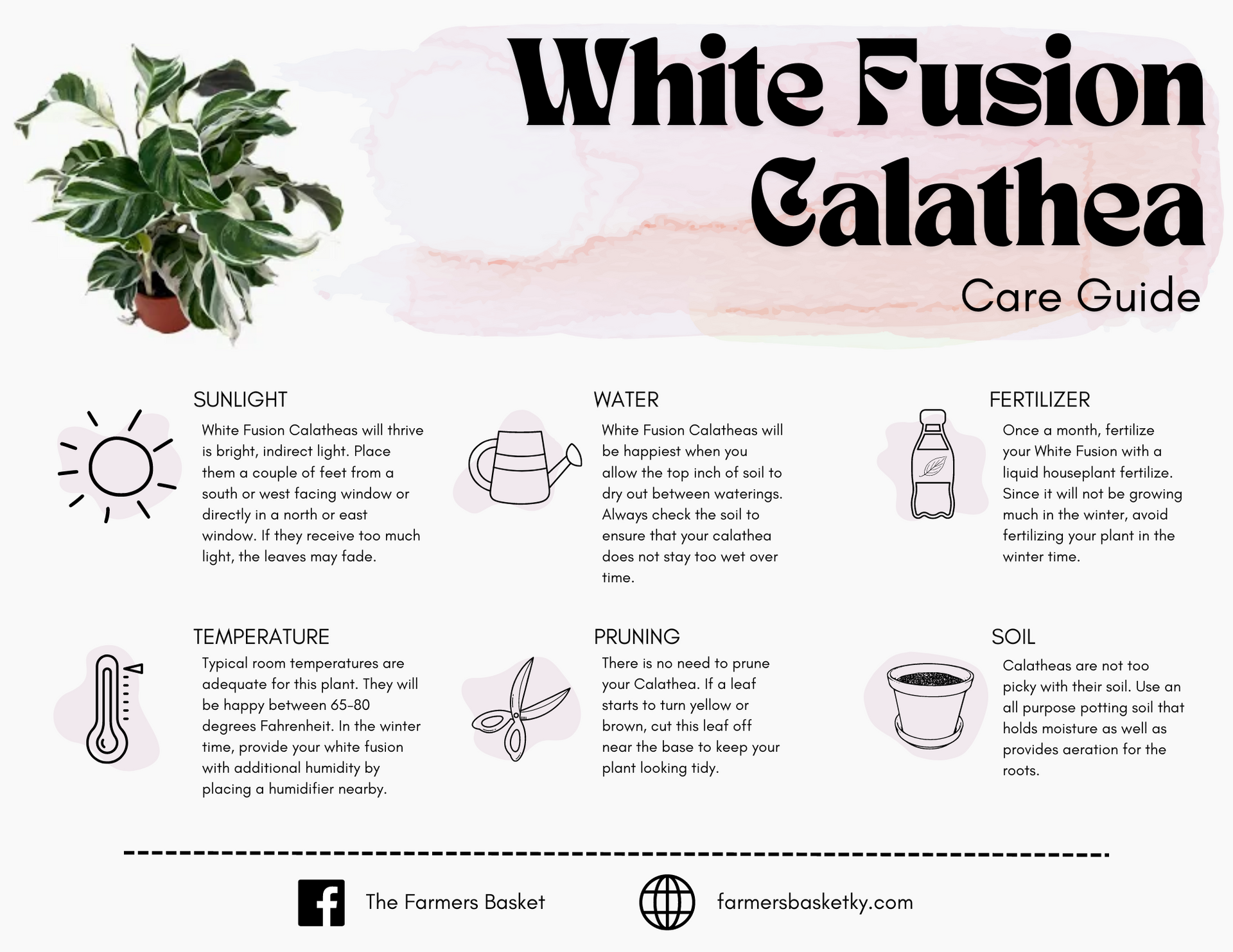
White Princess Philodendron
